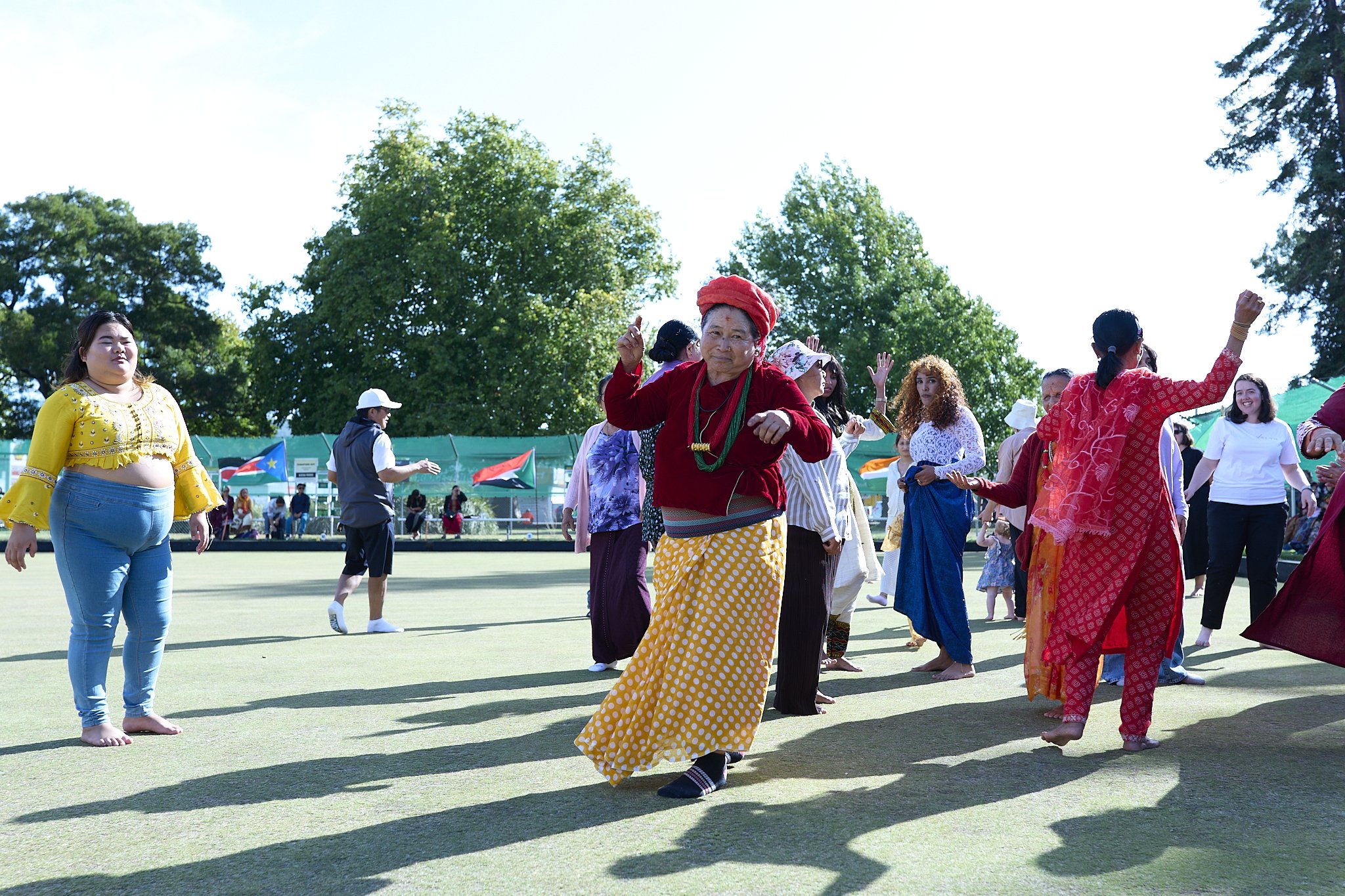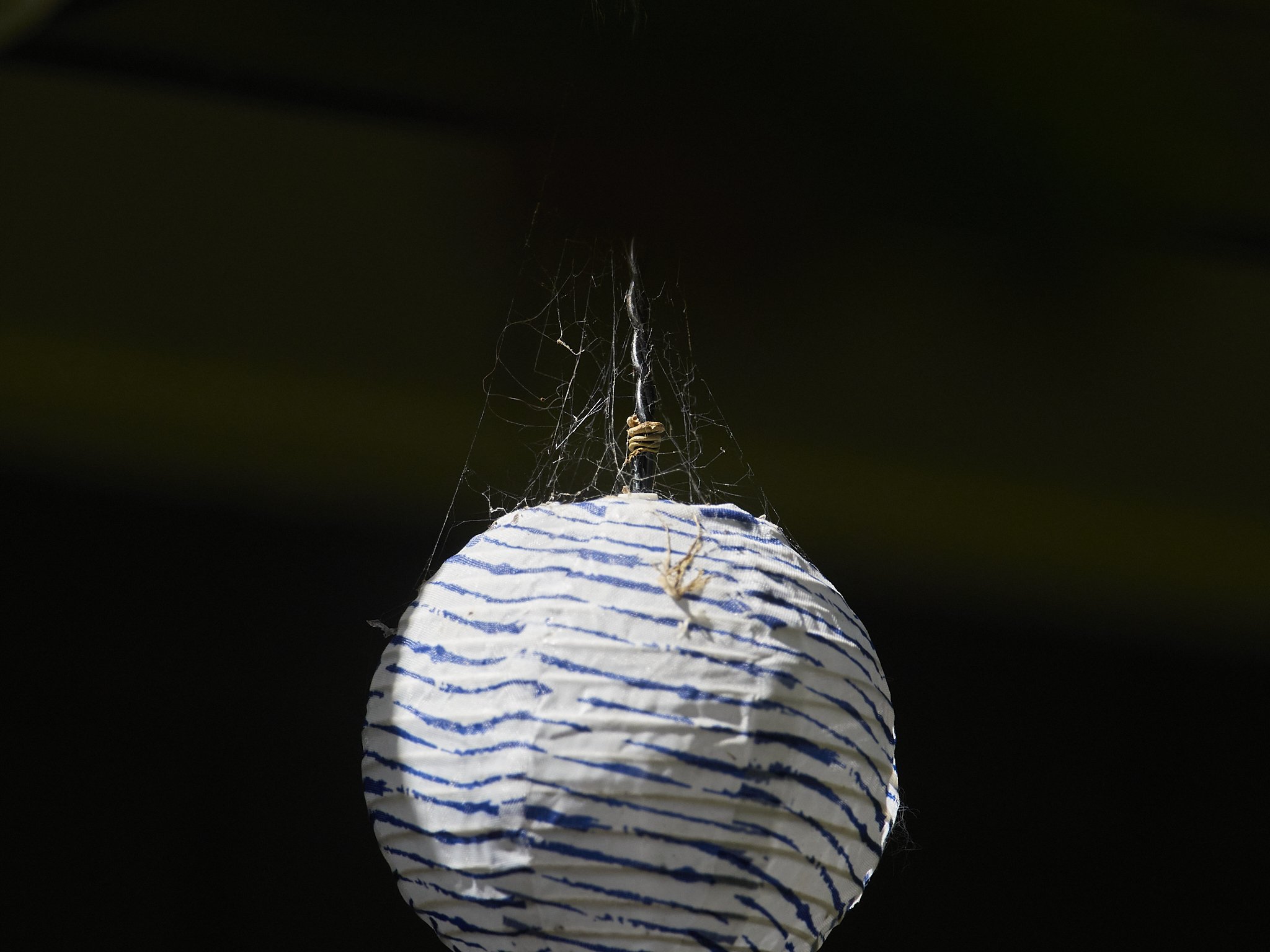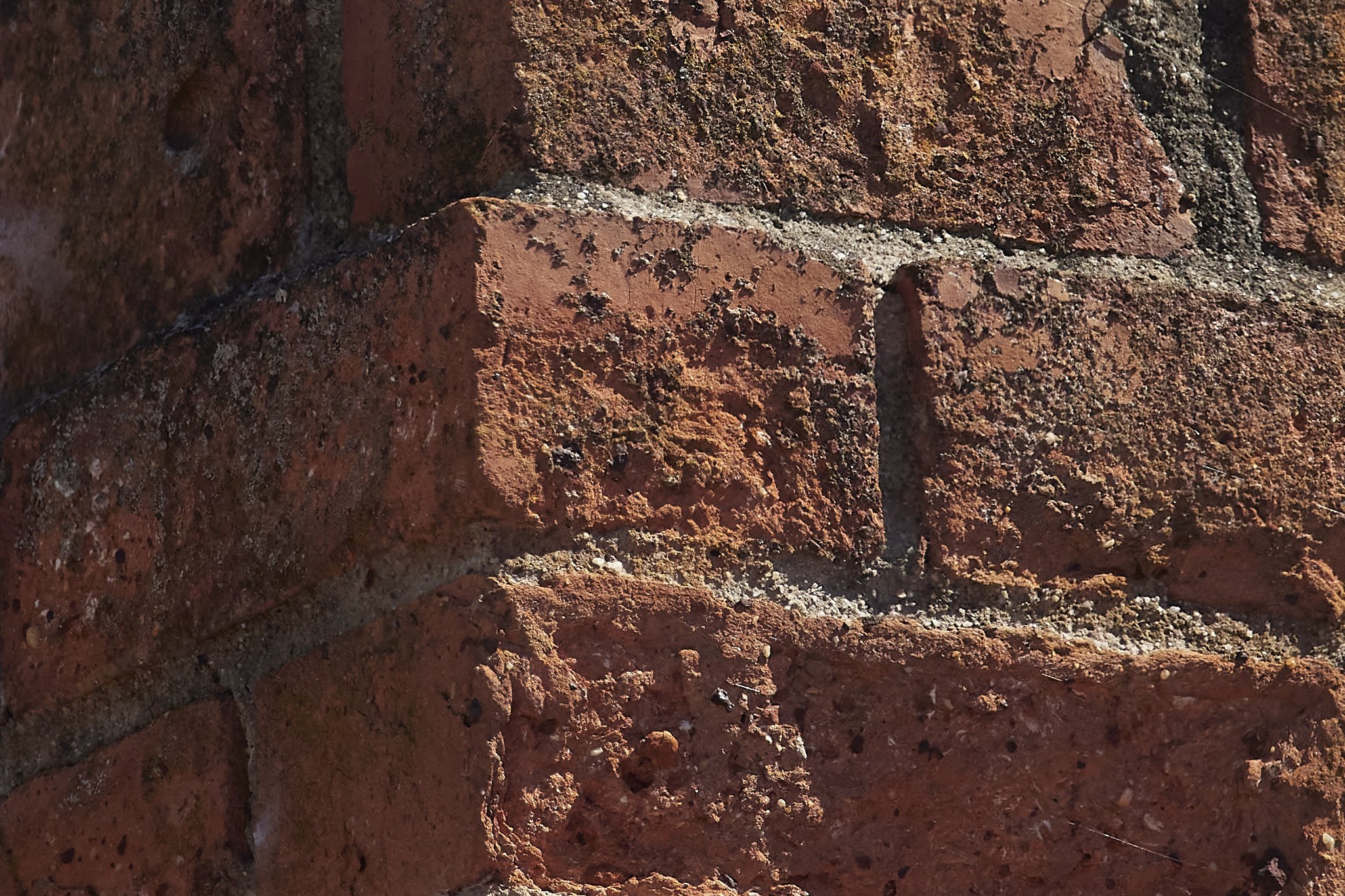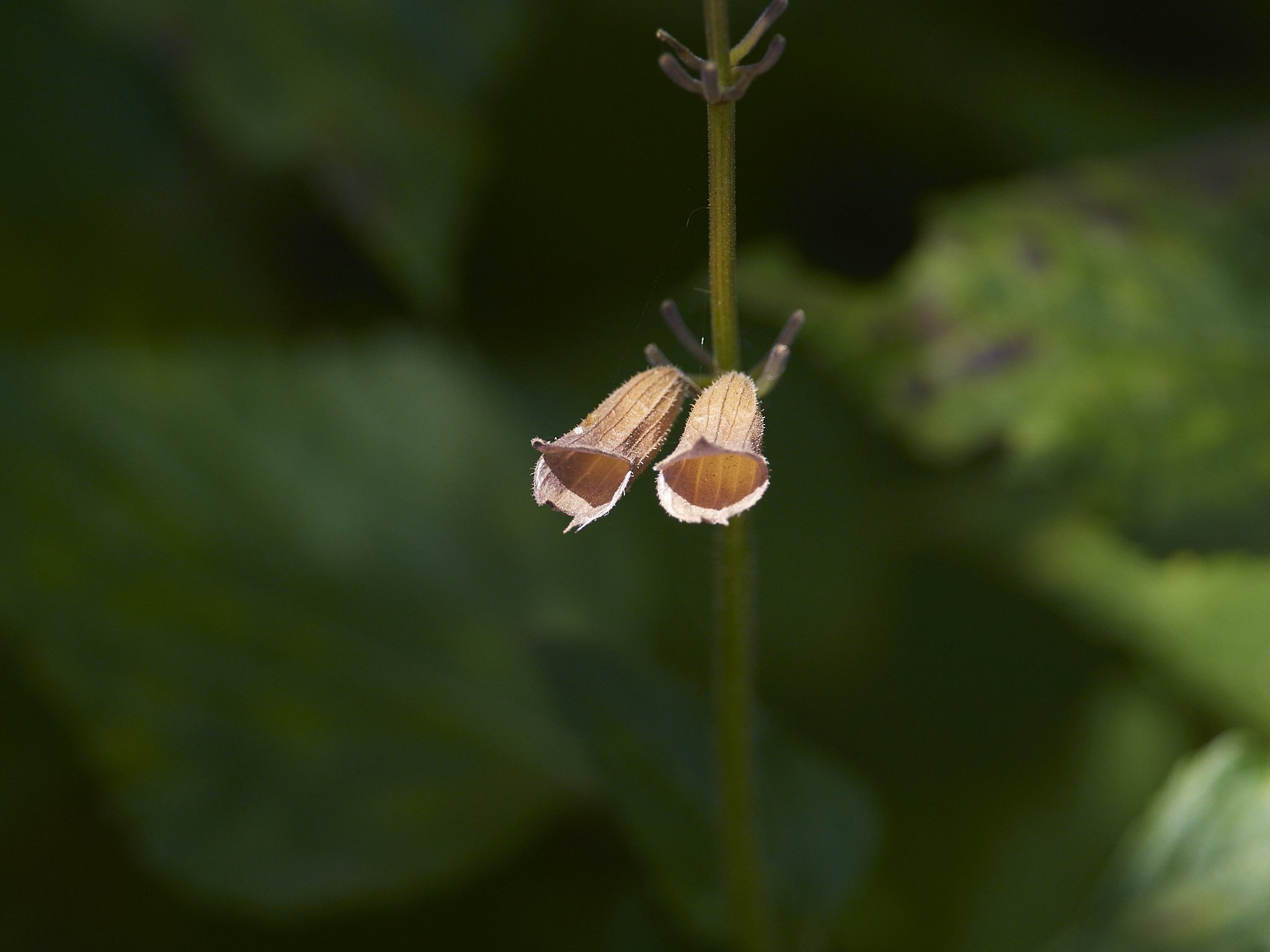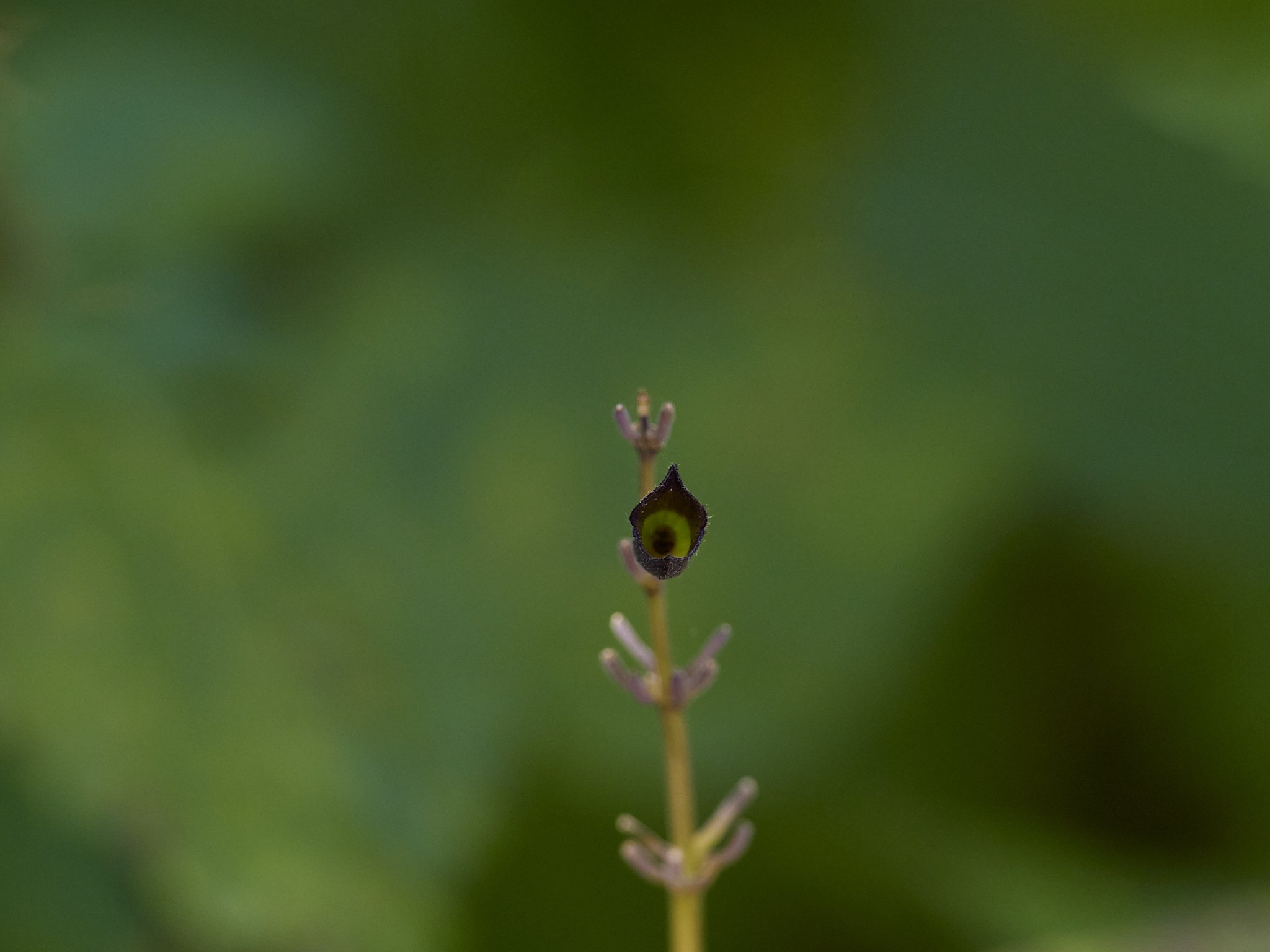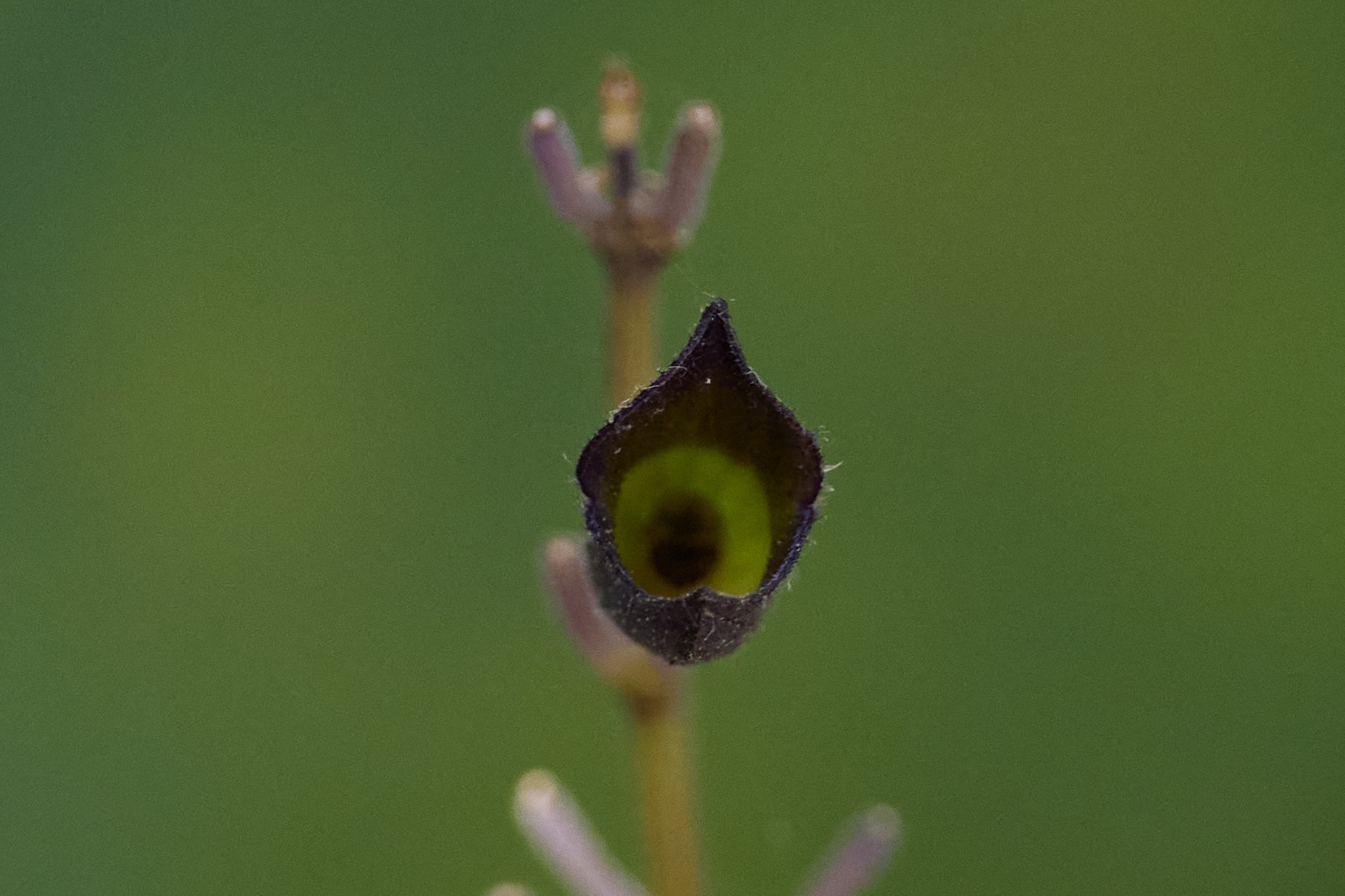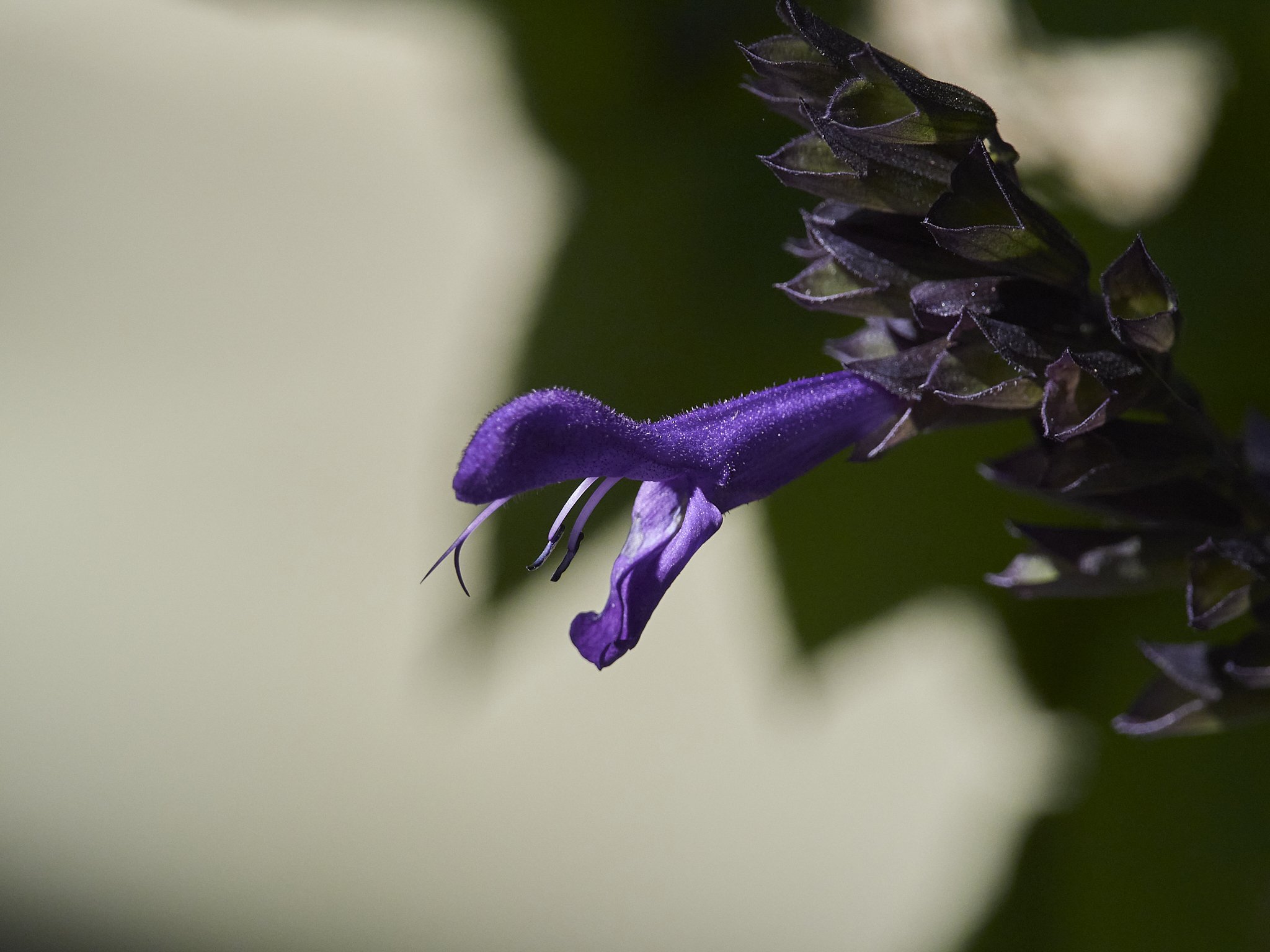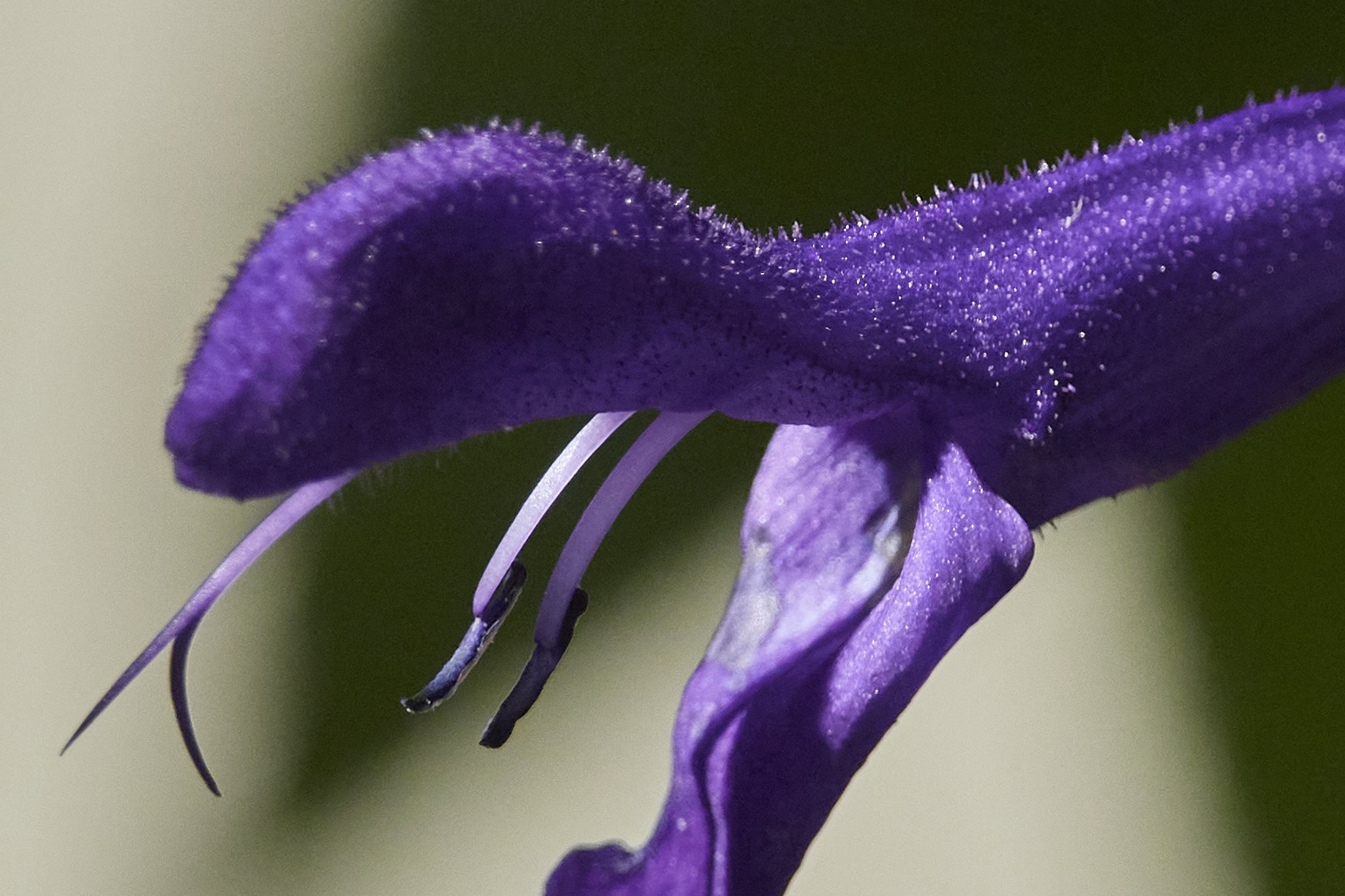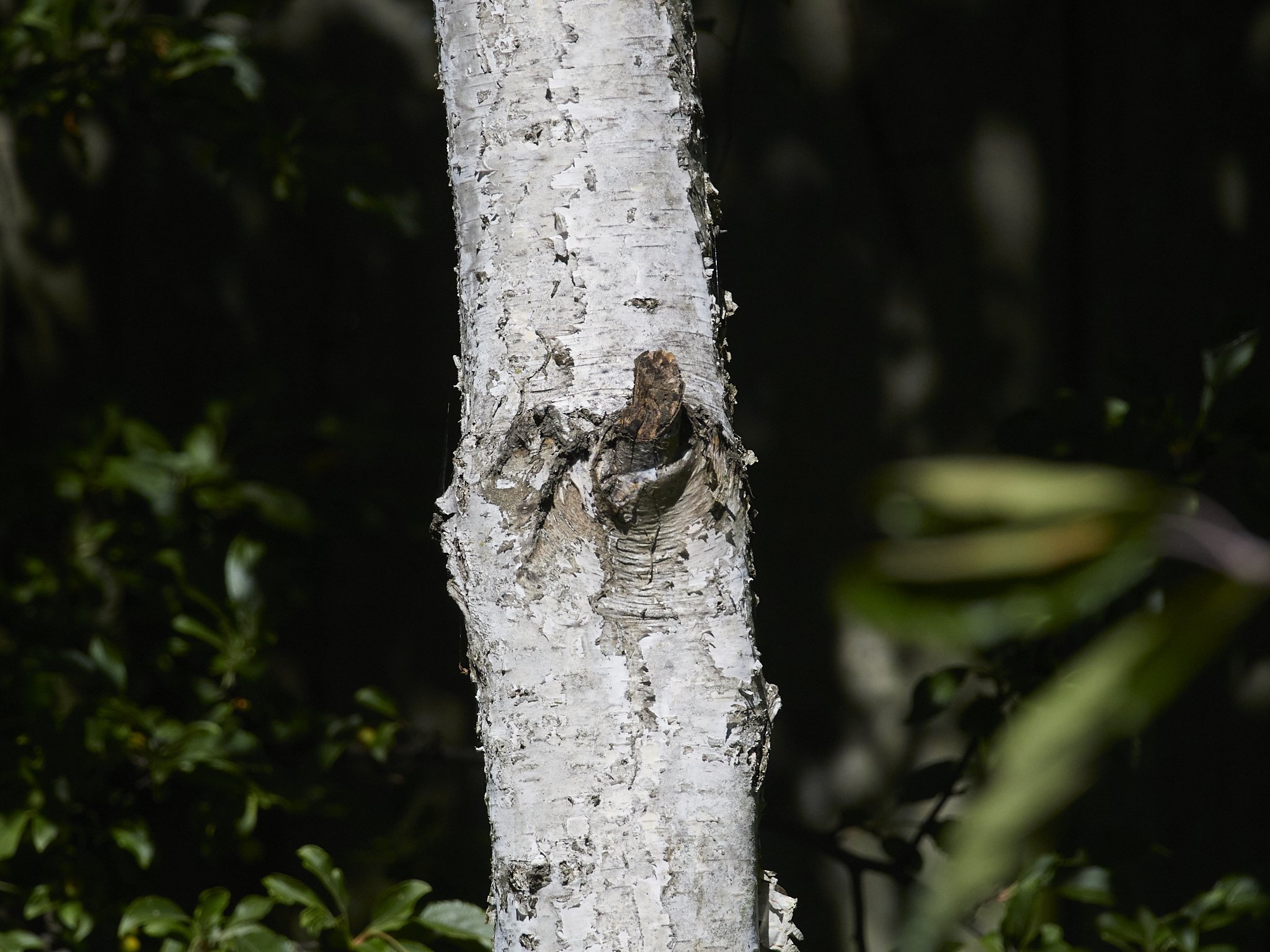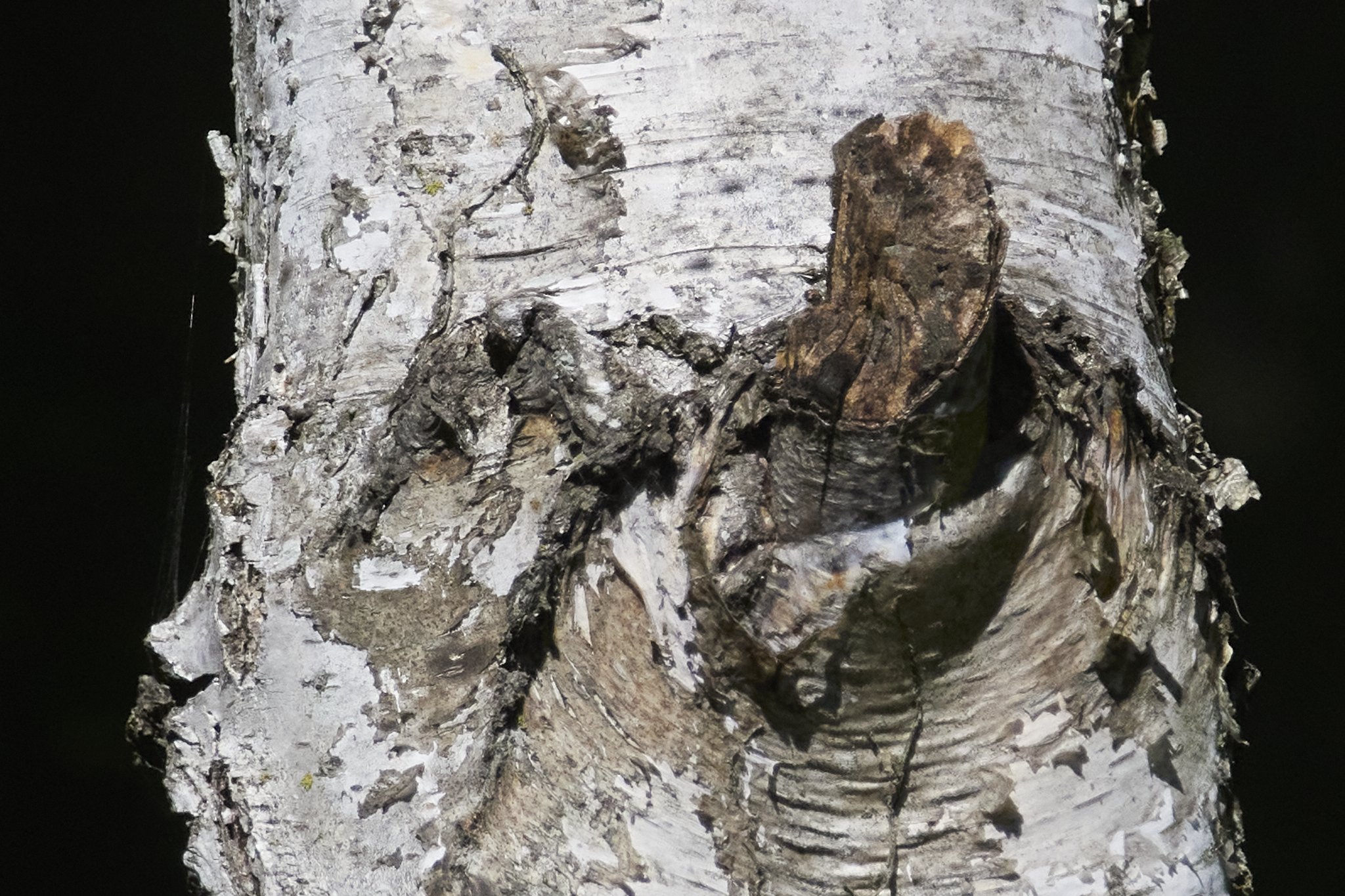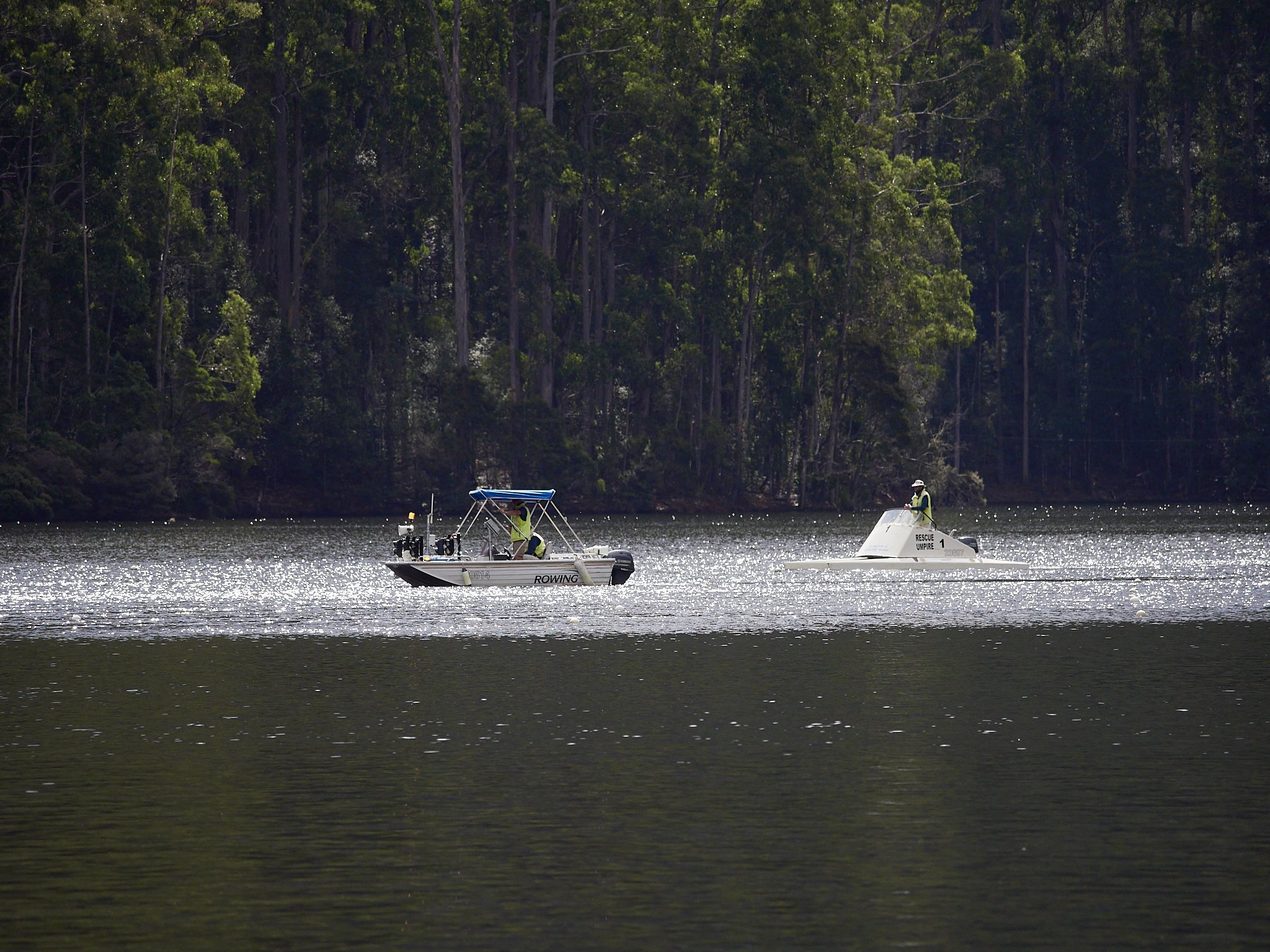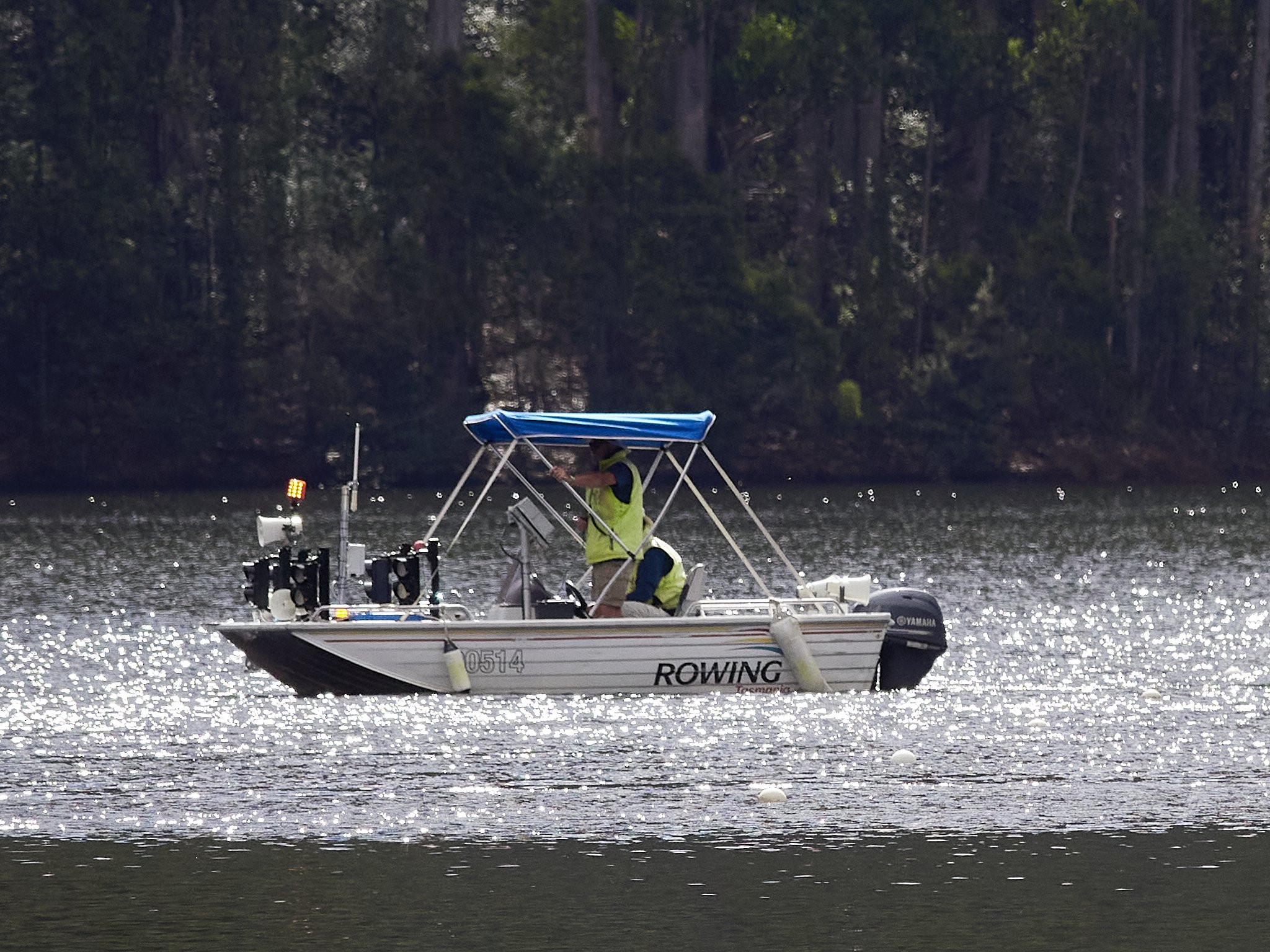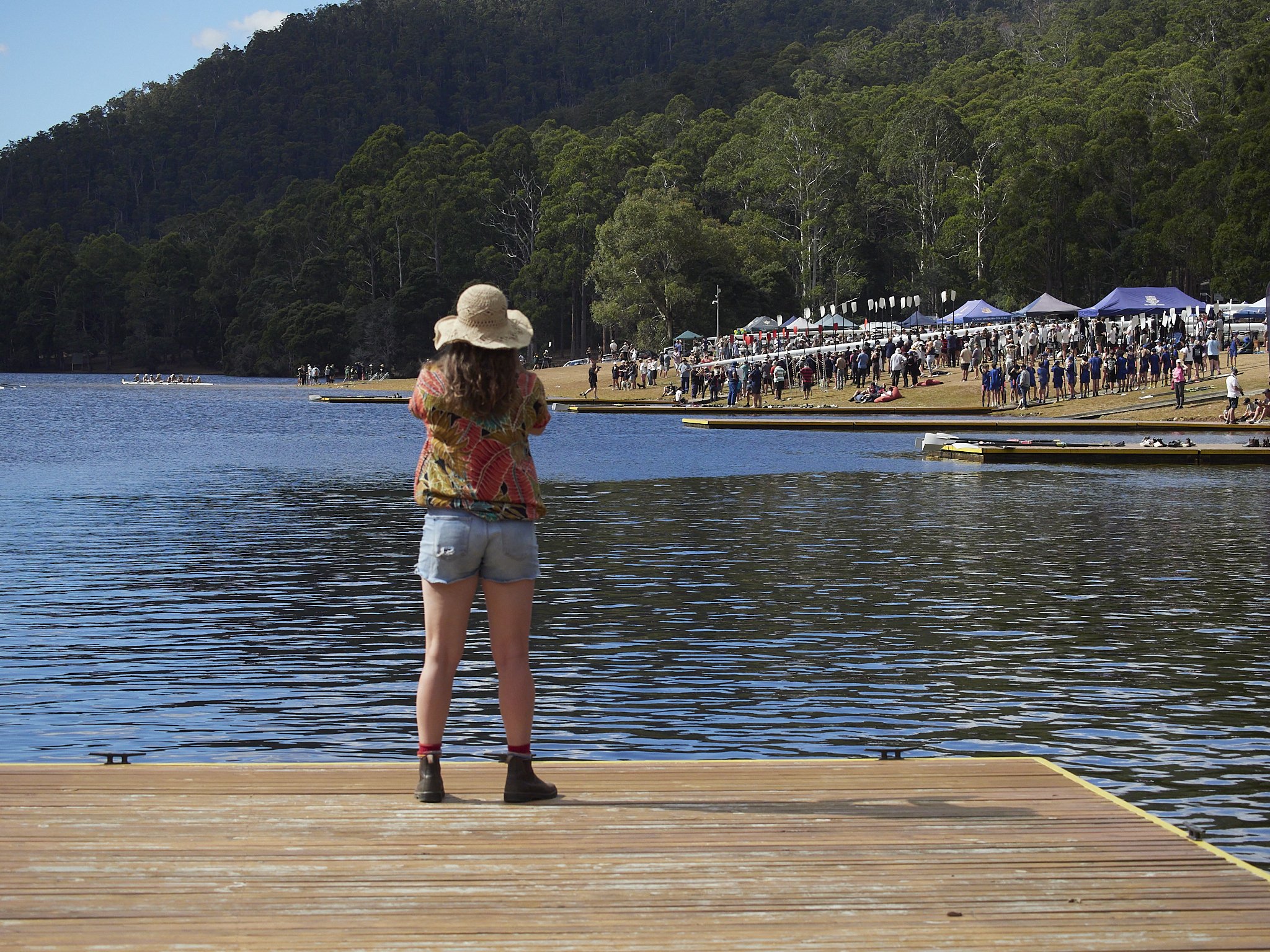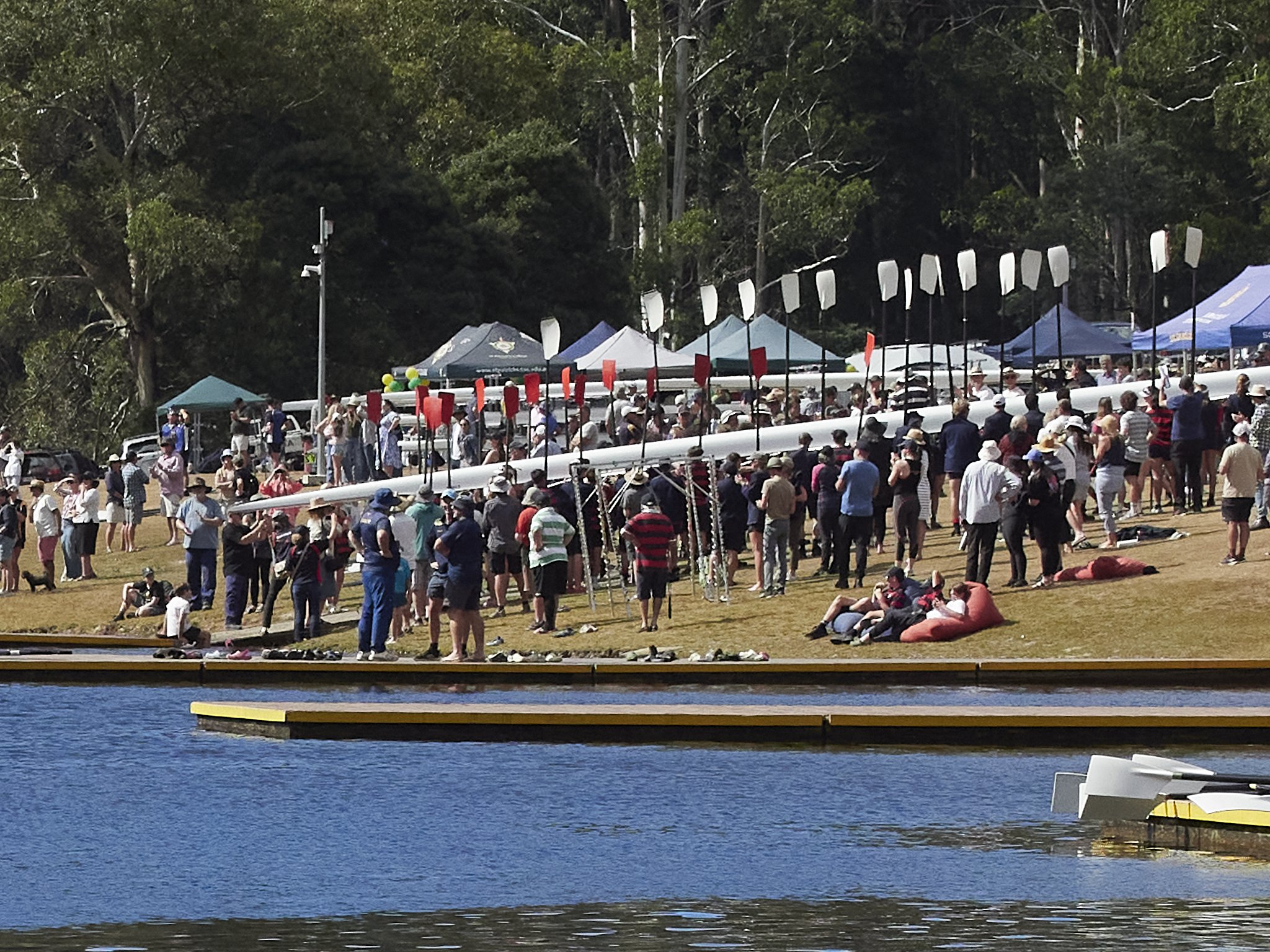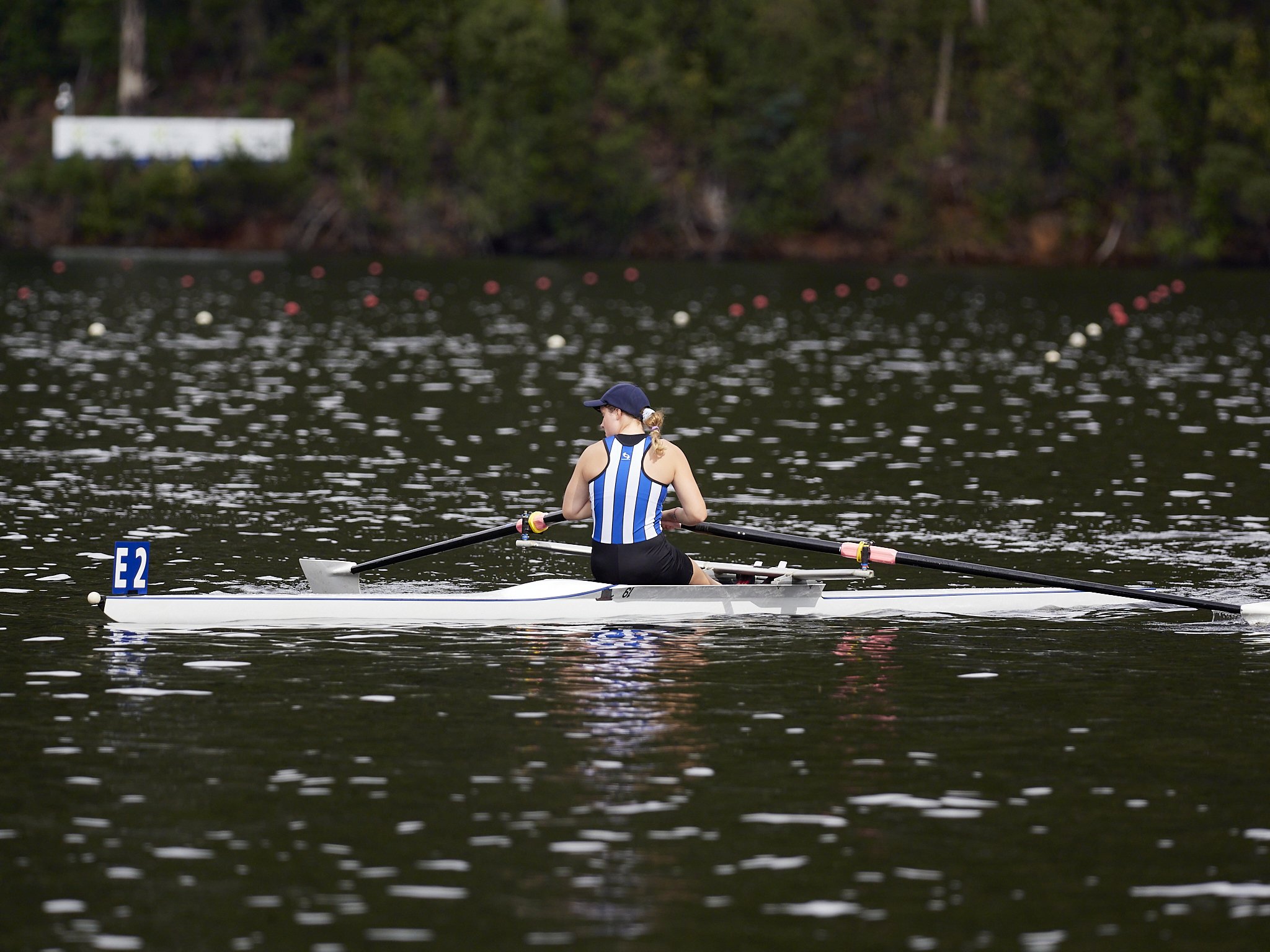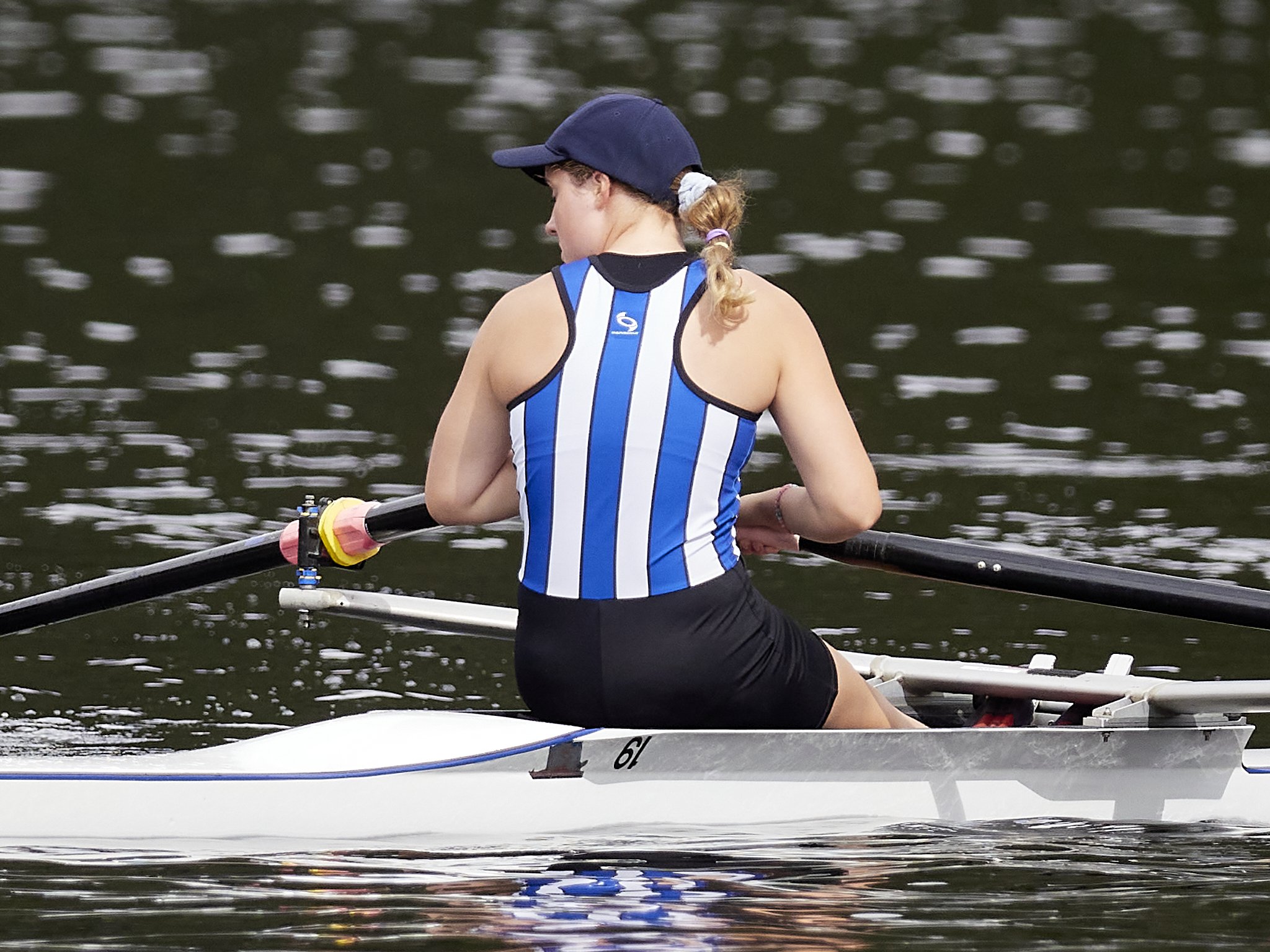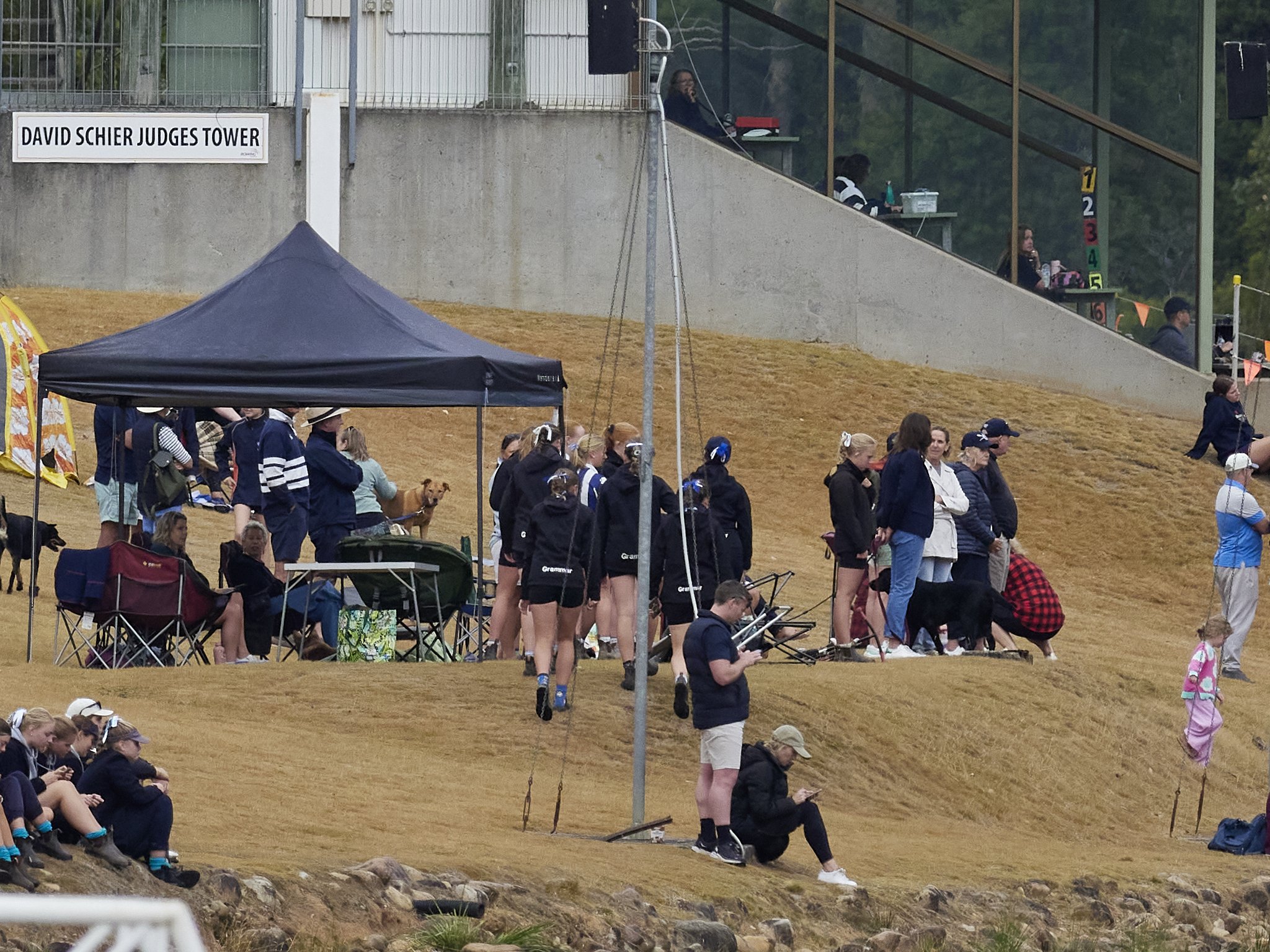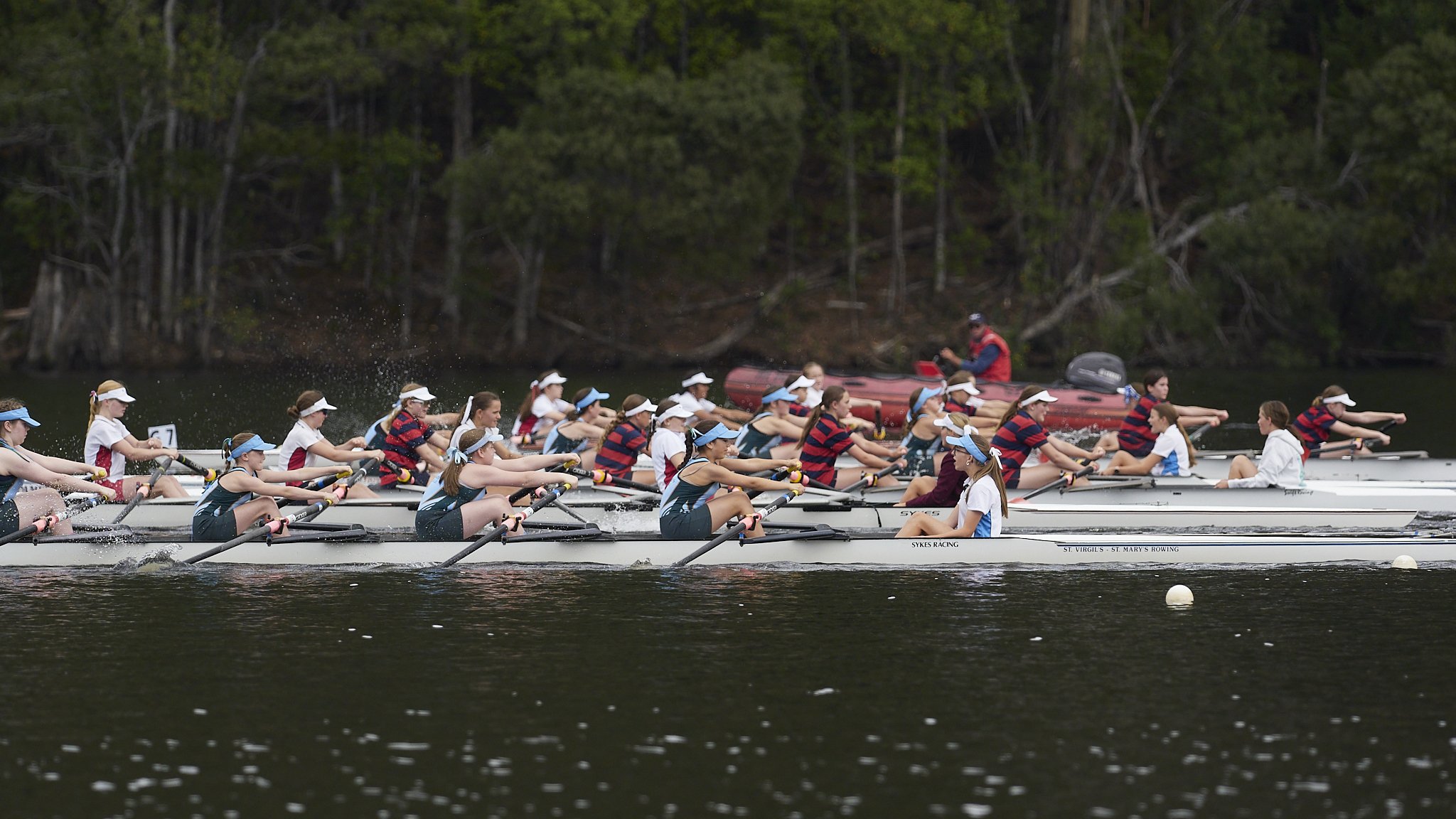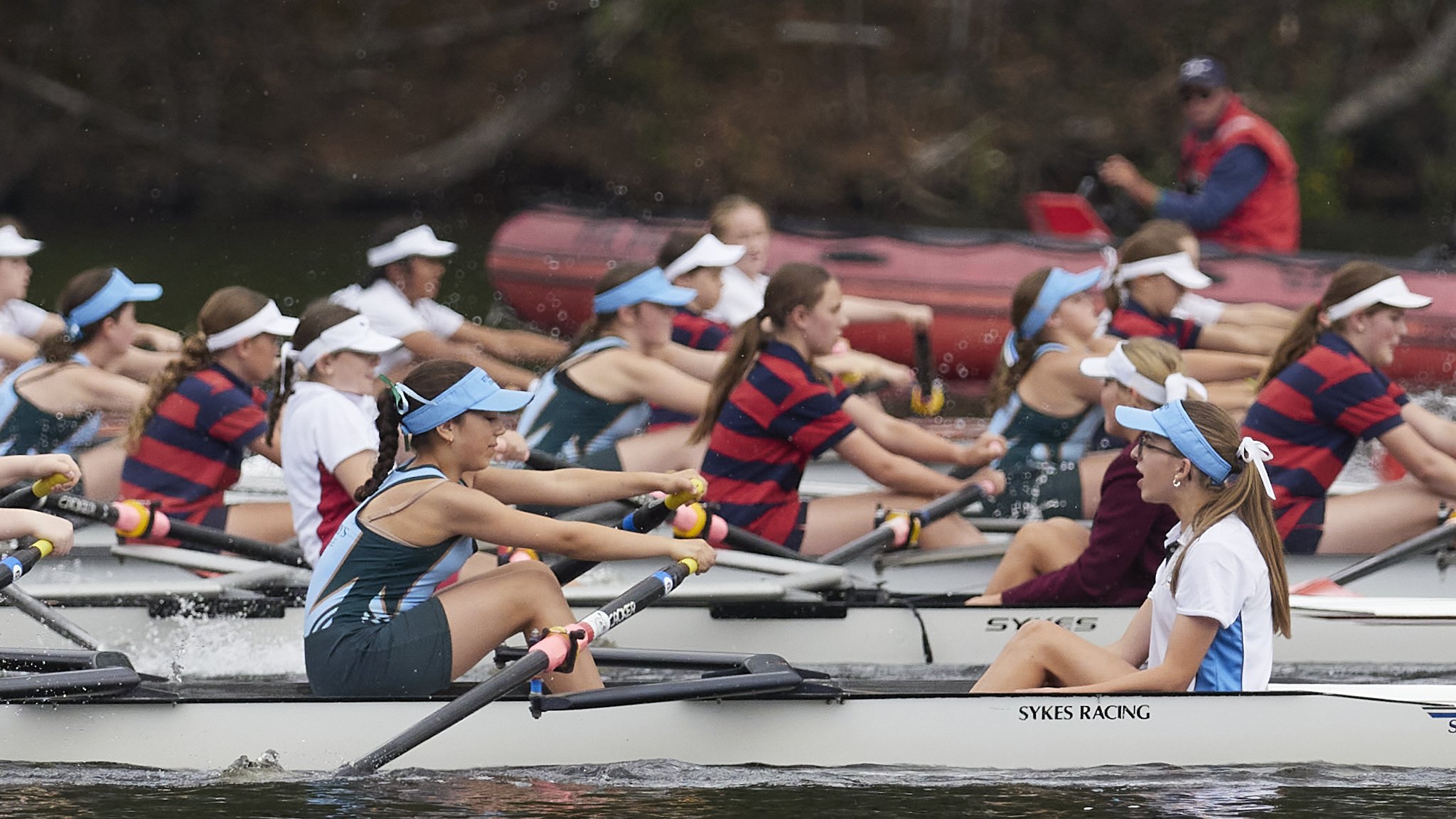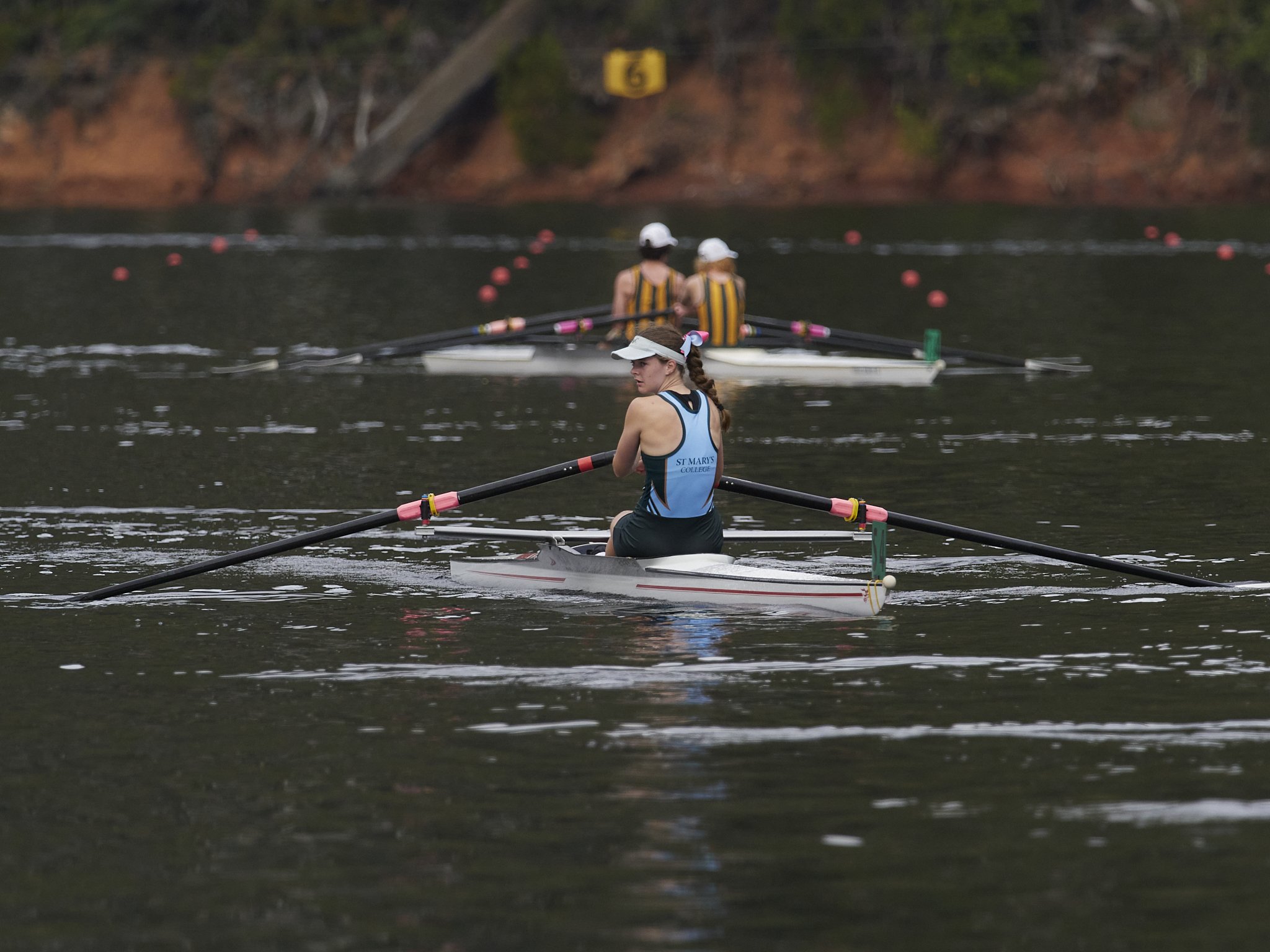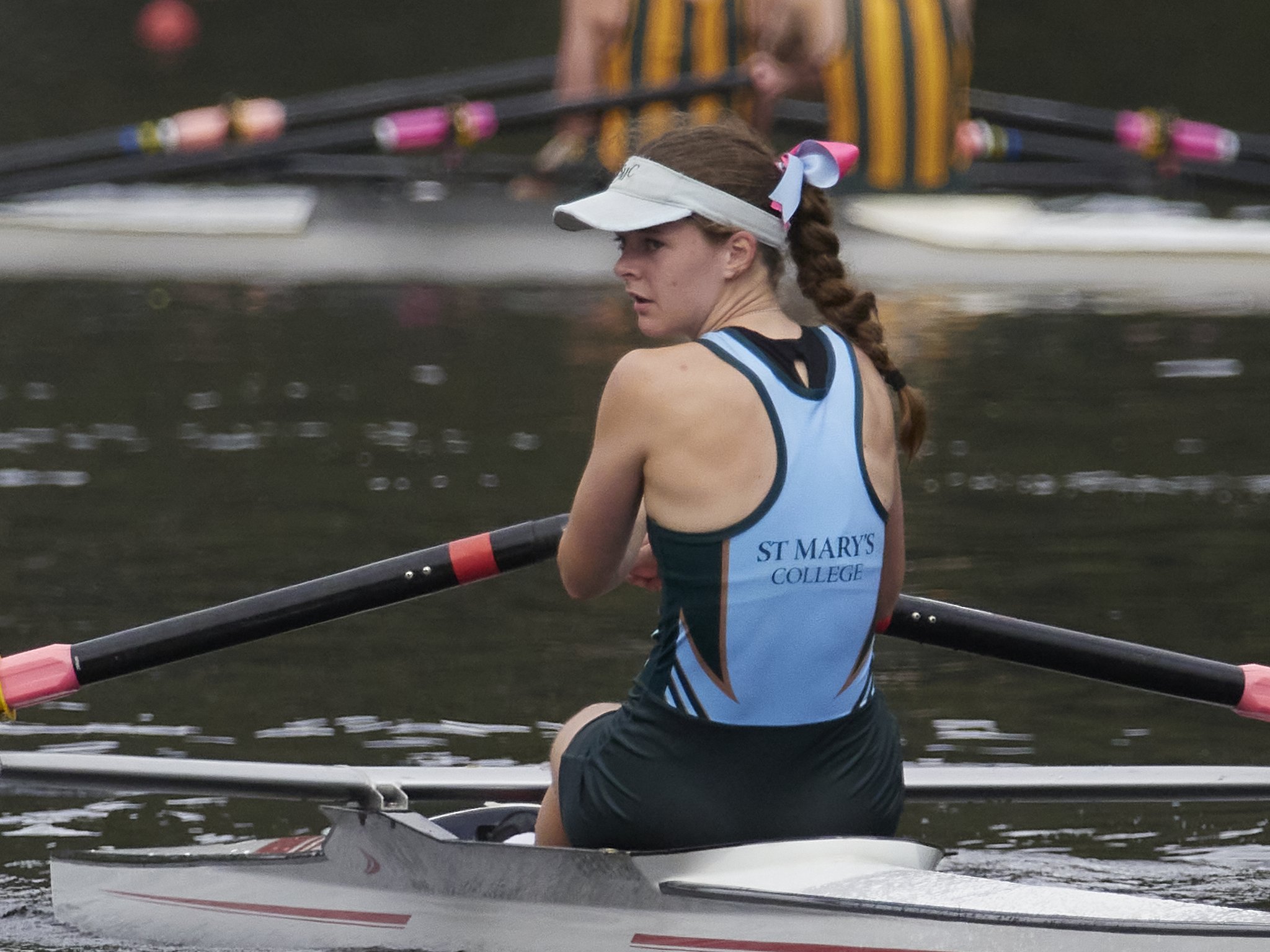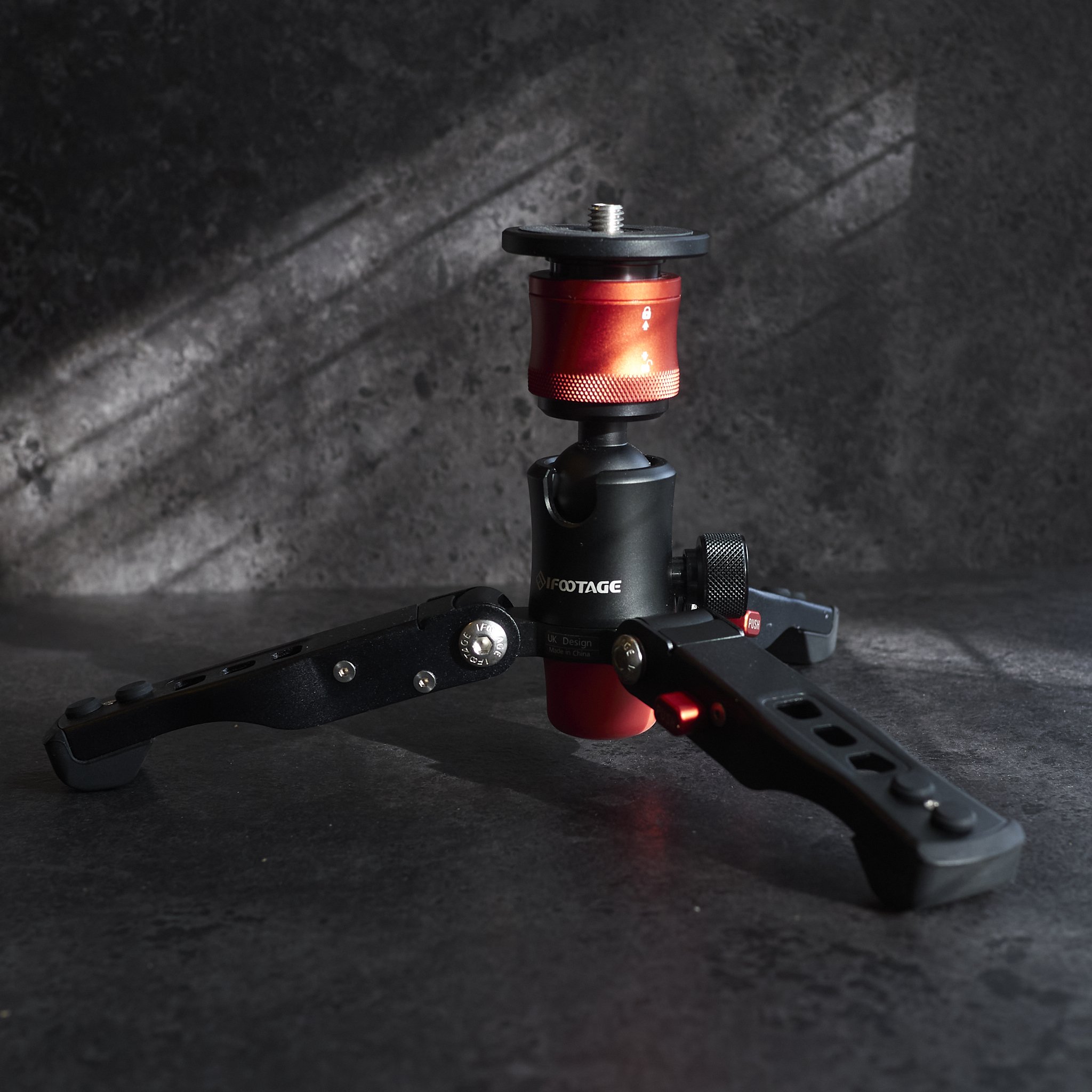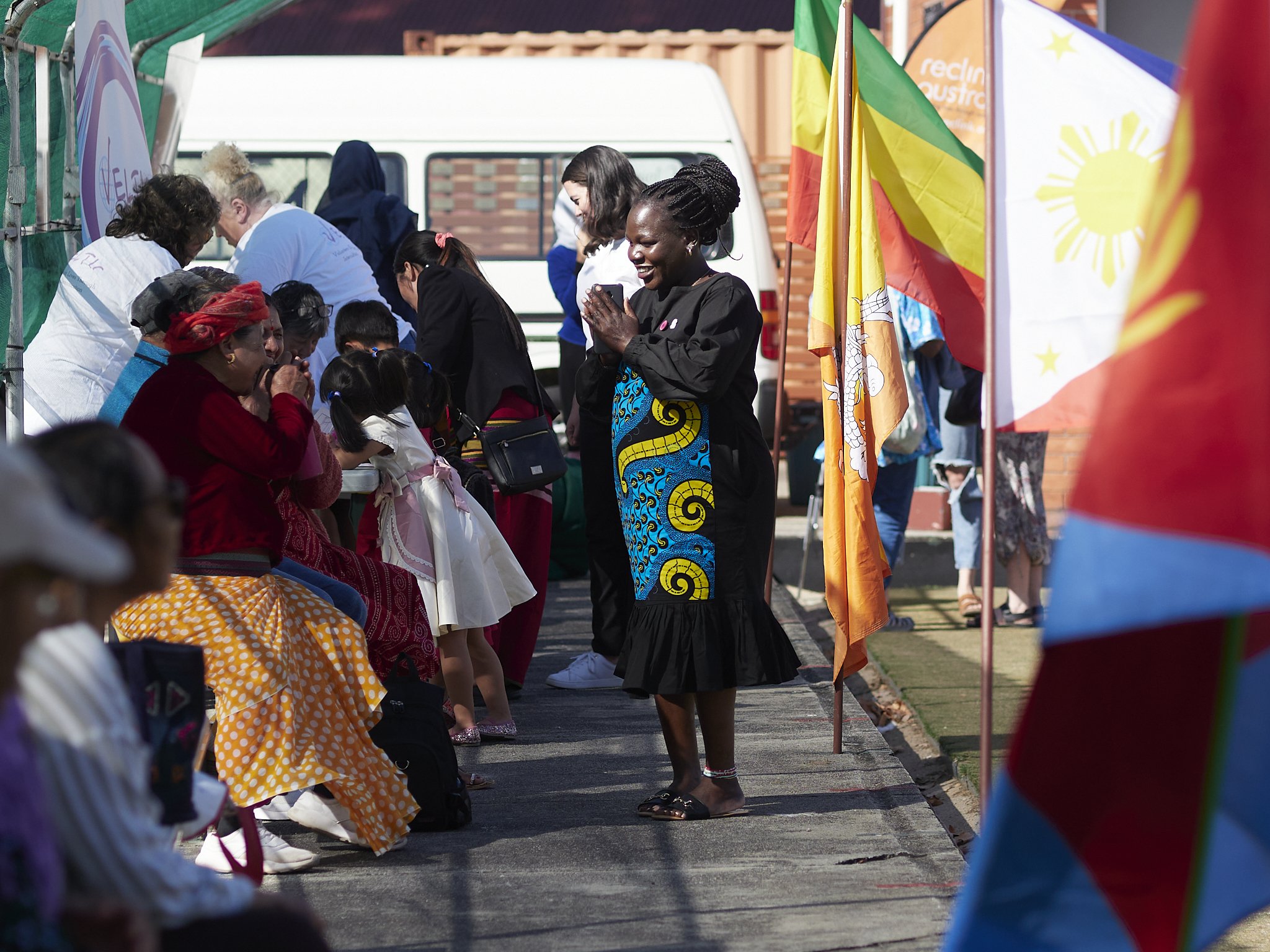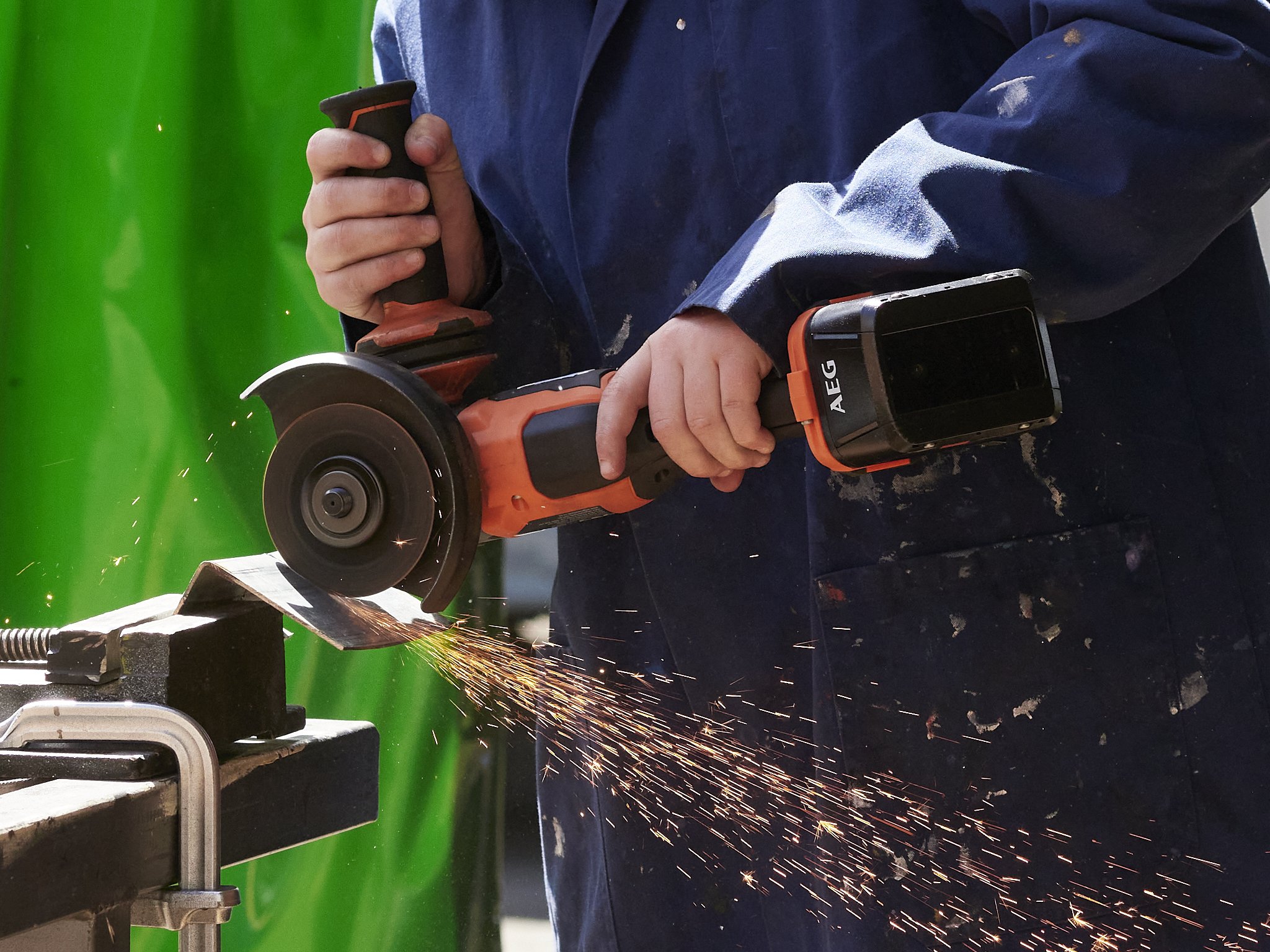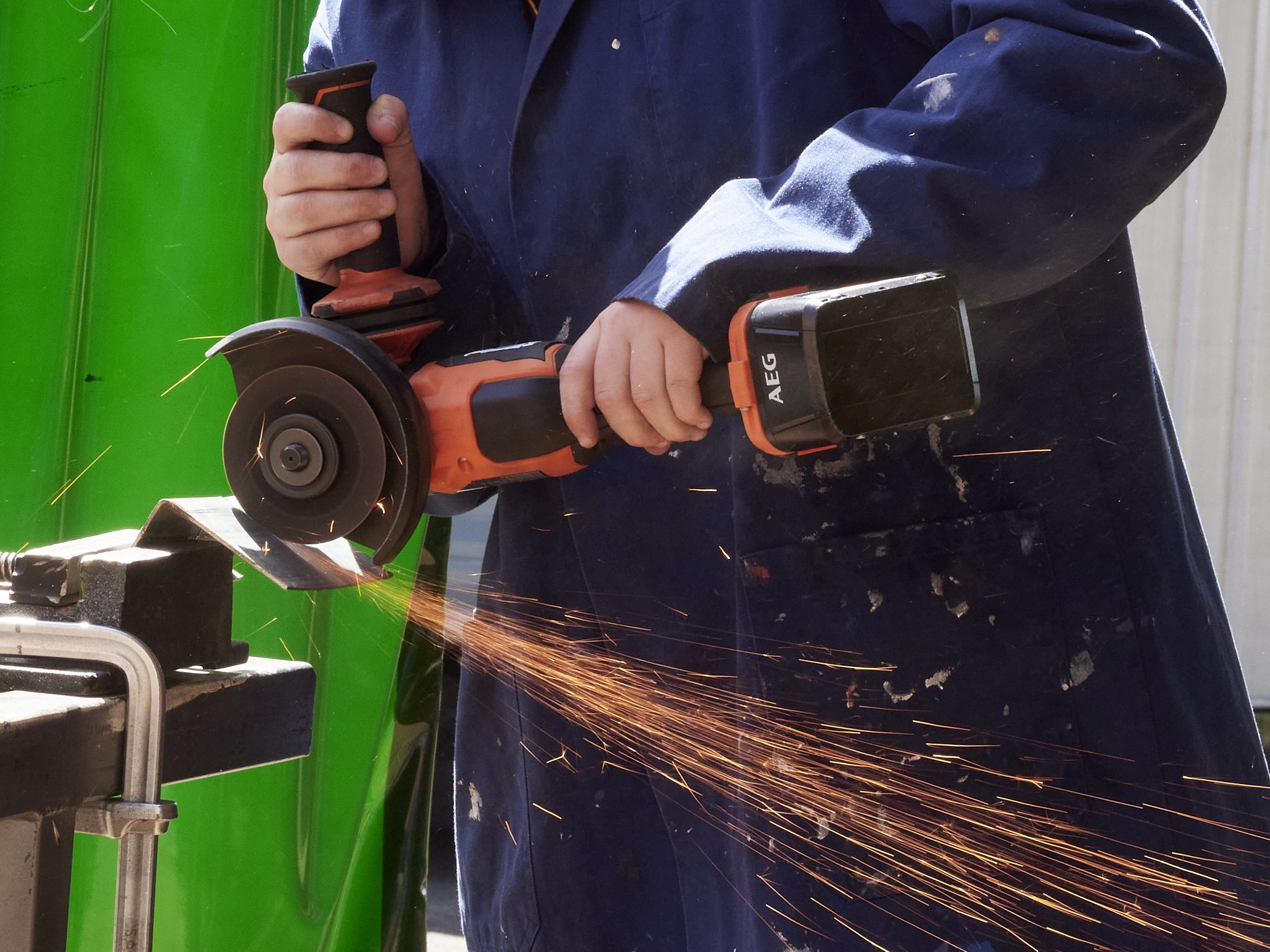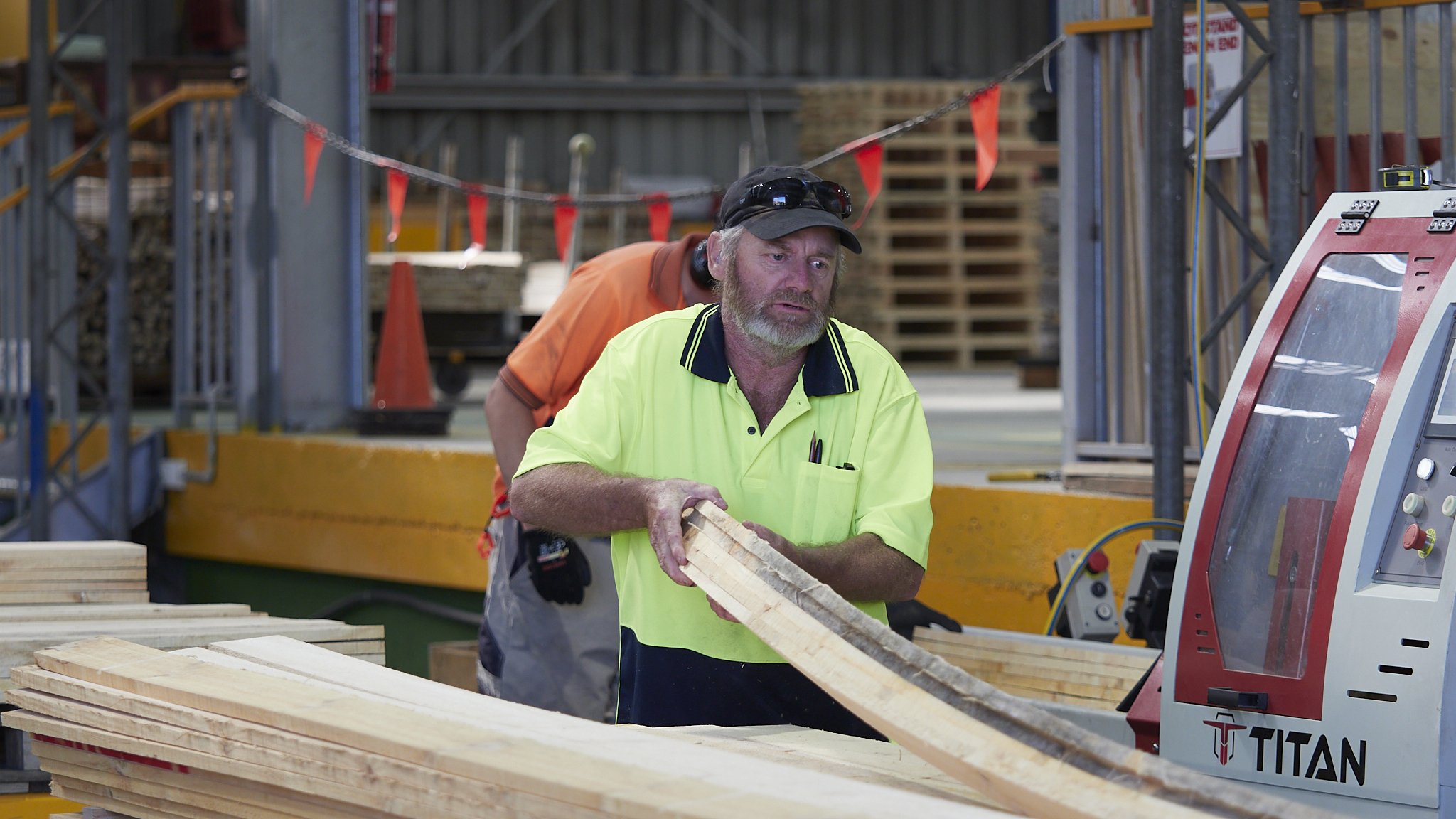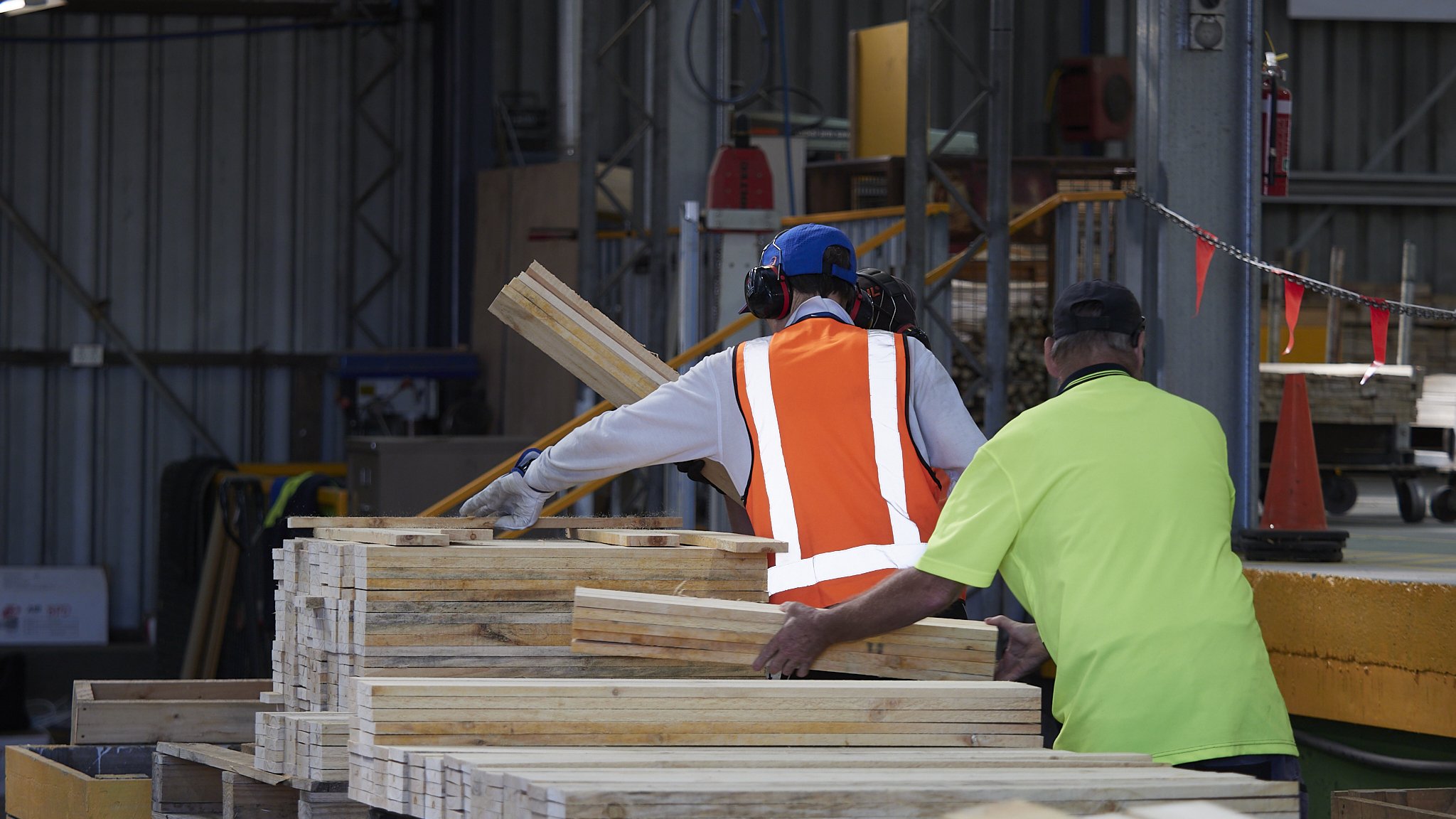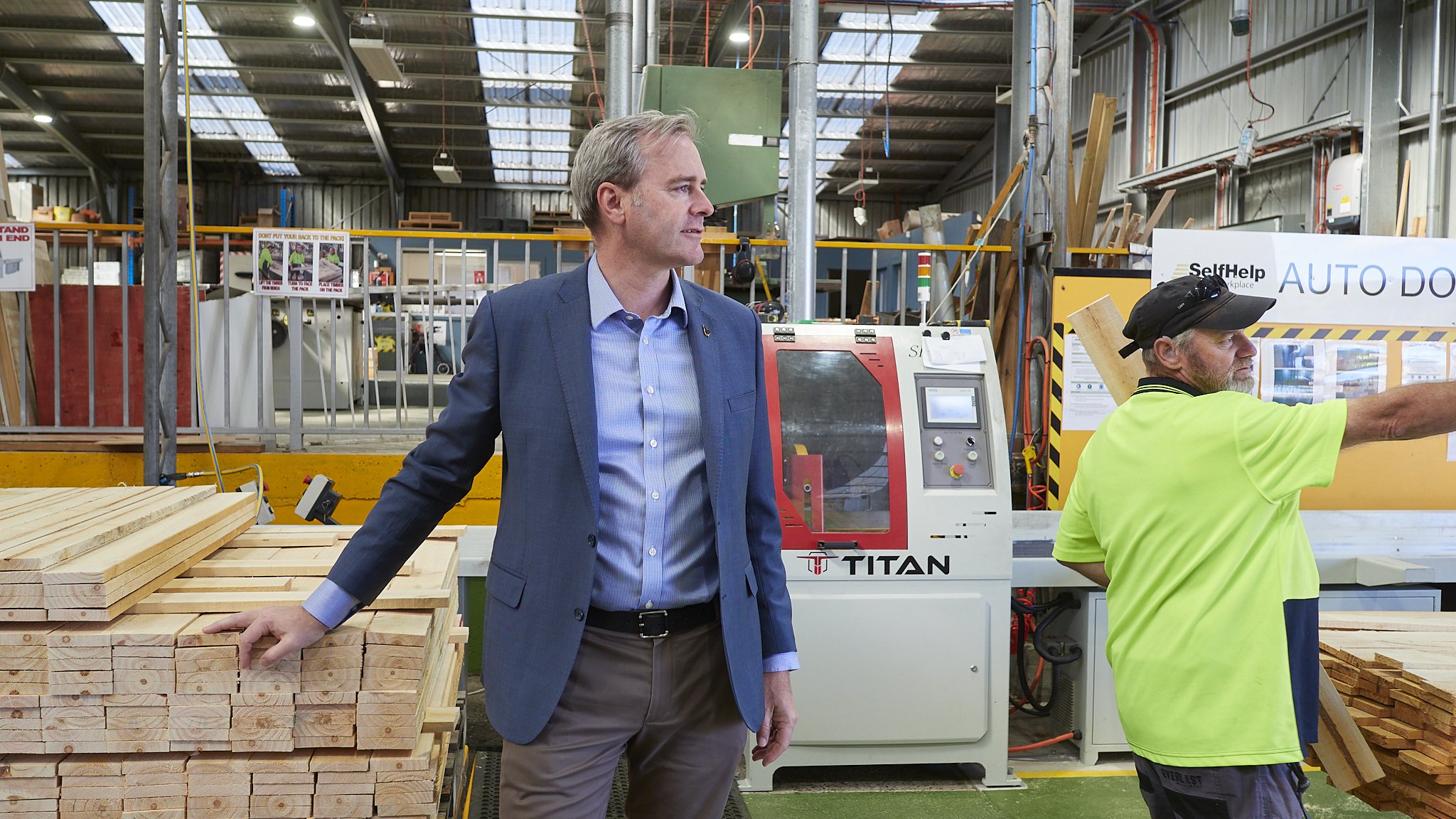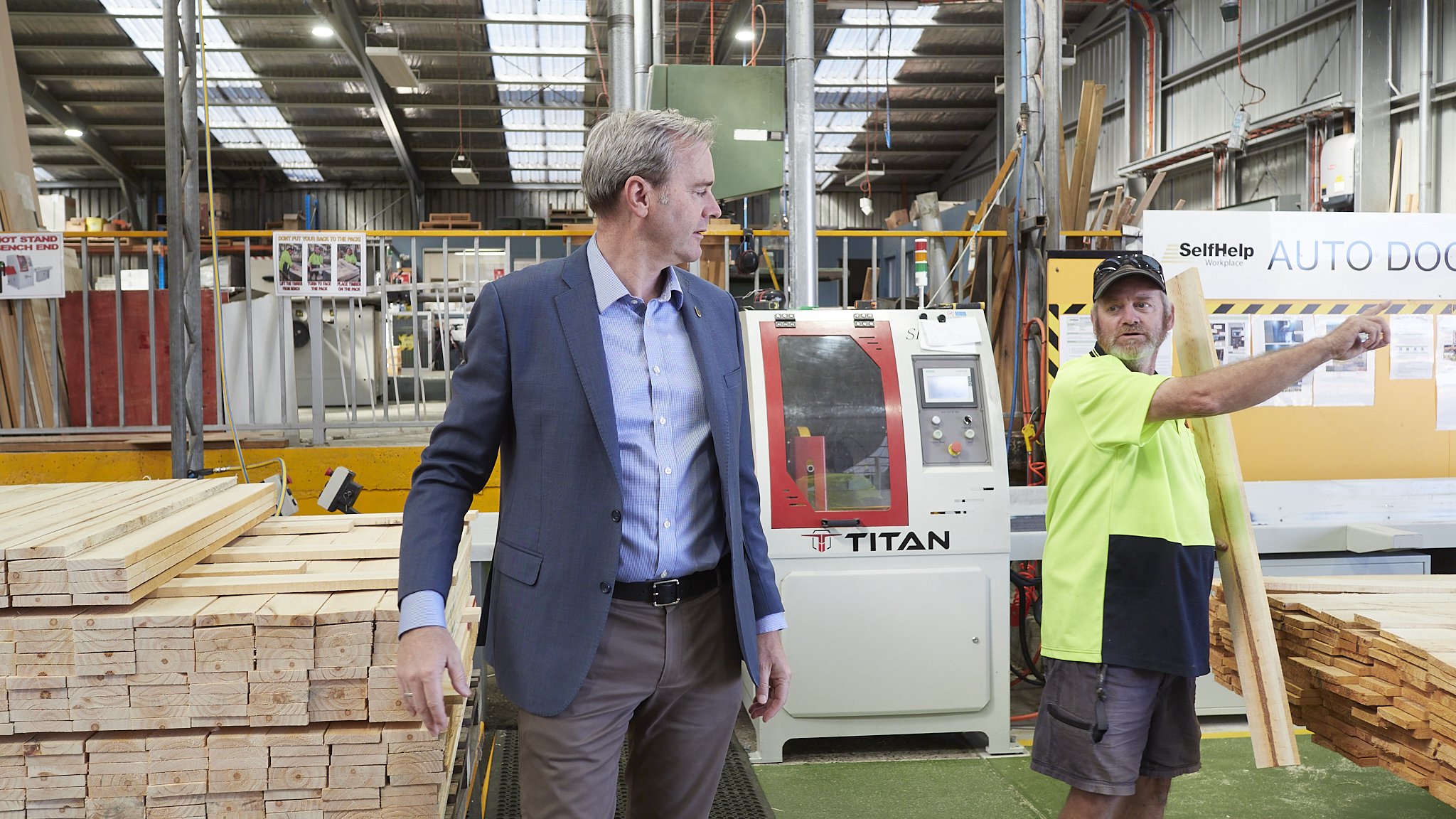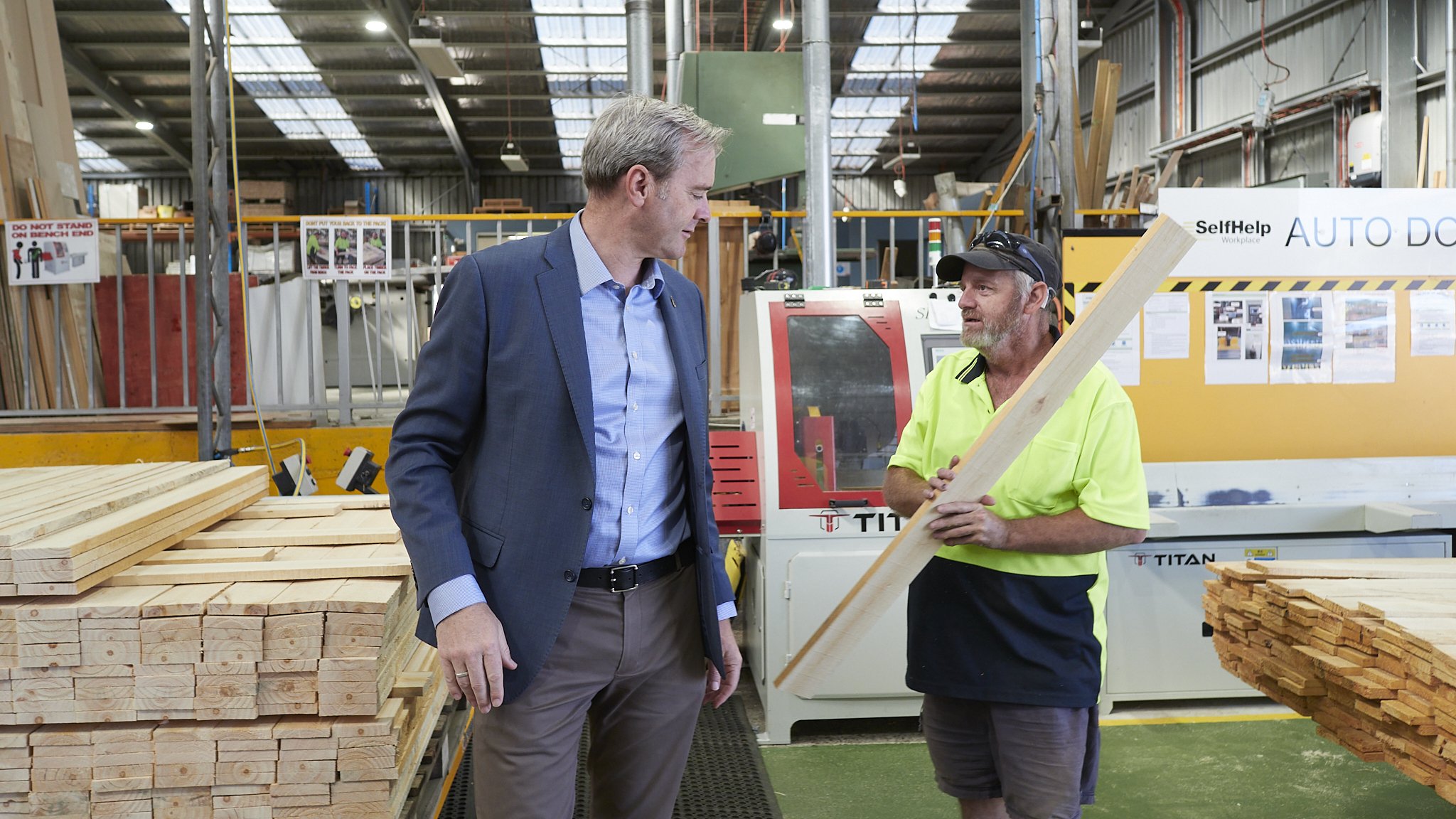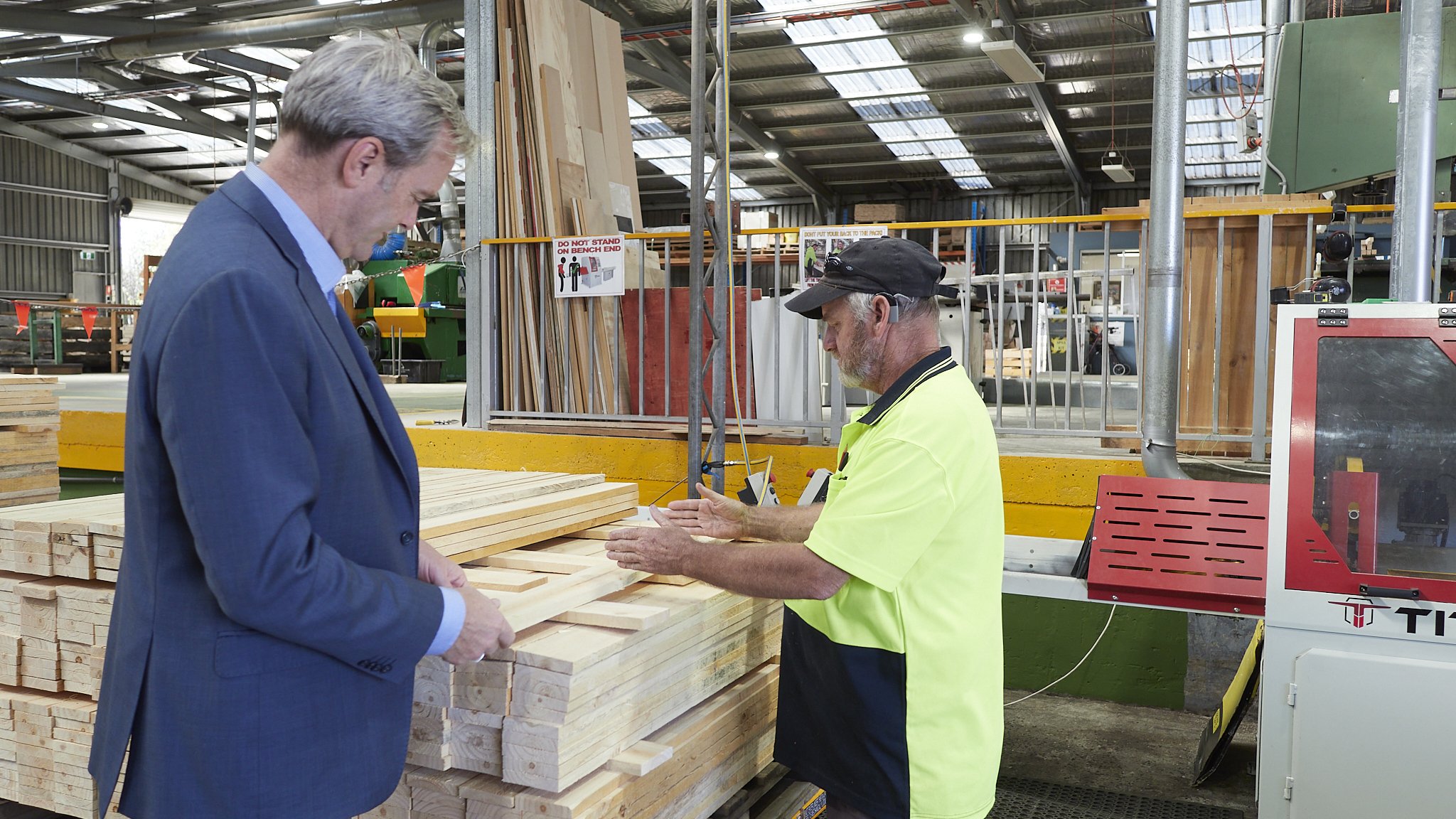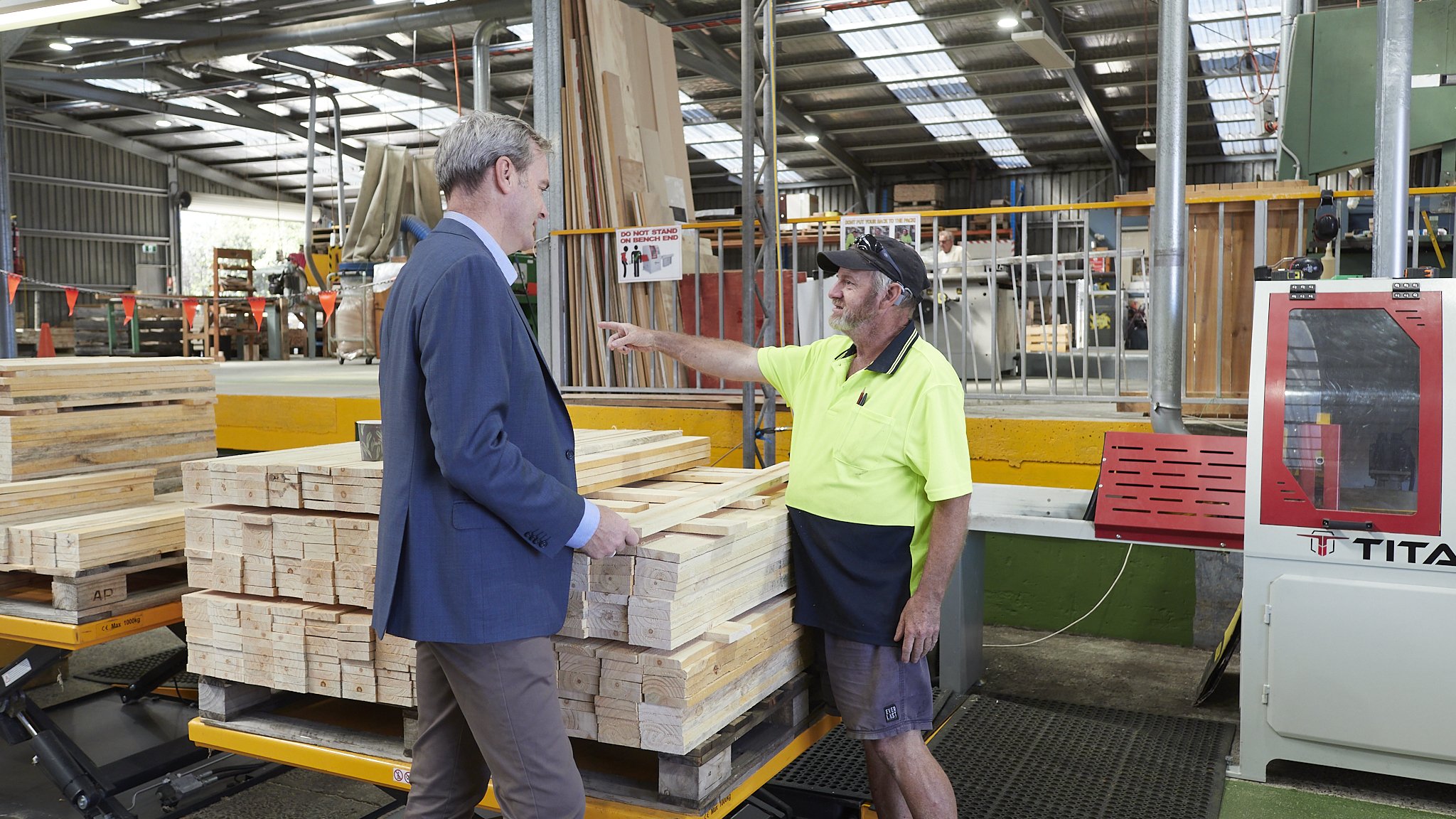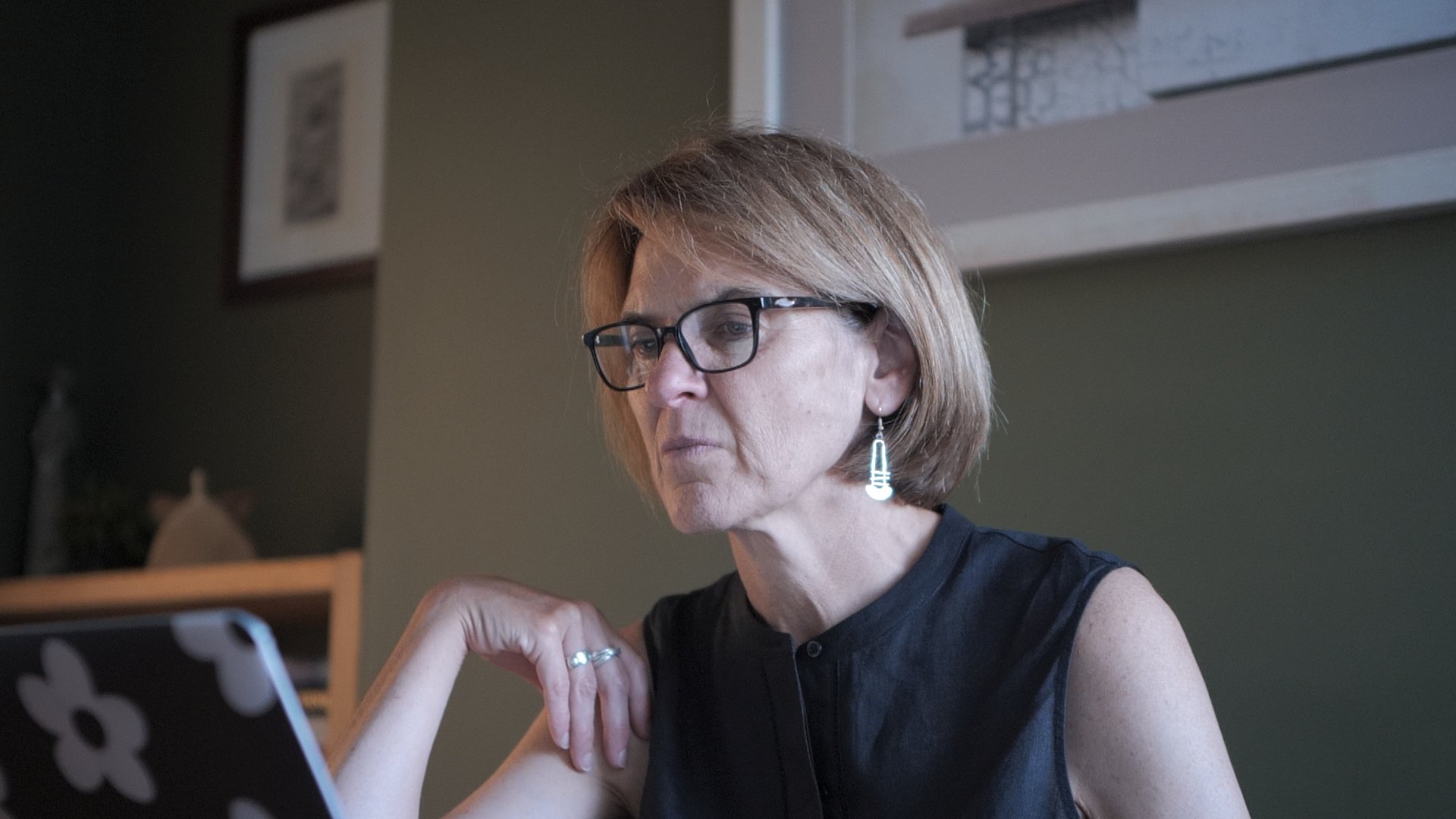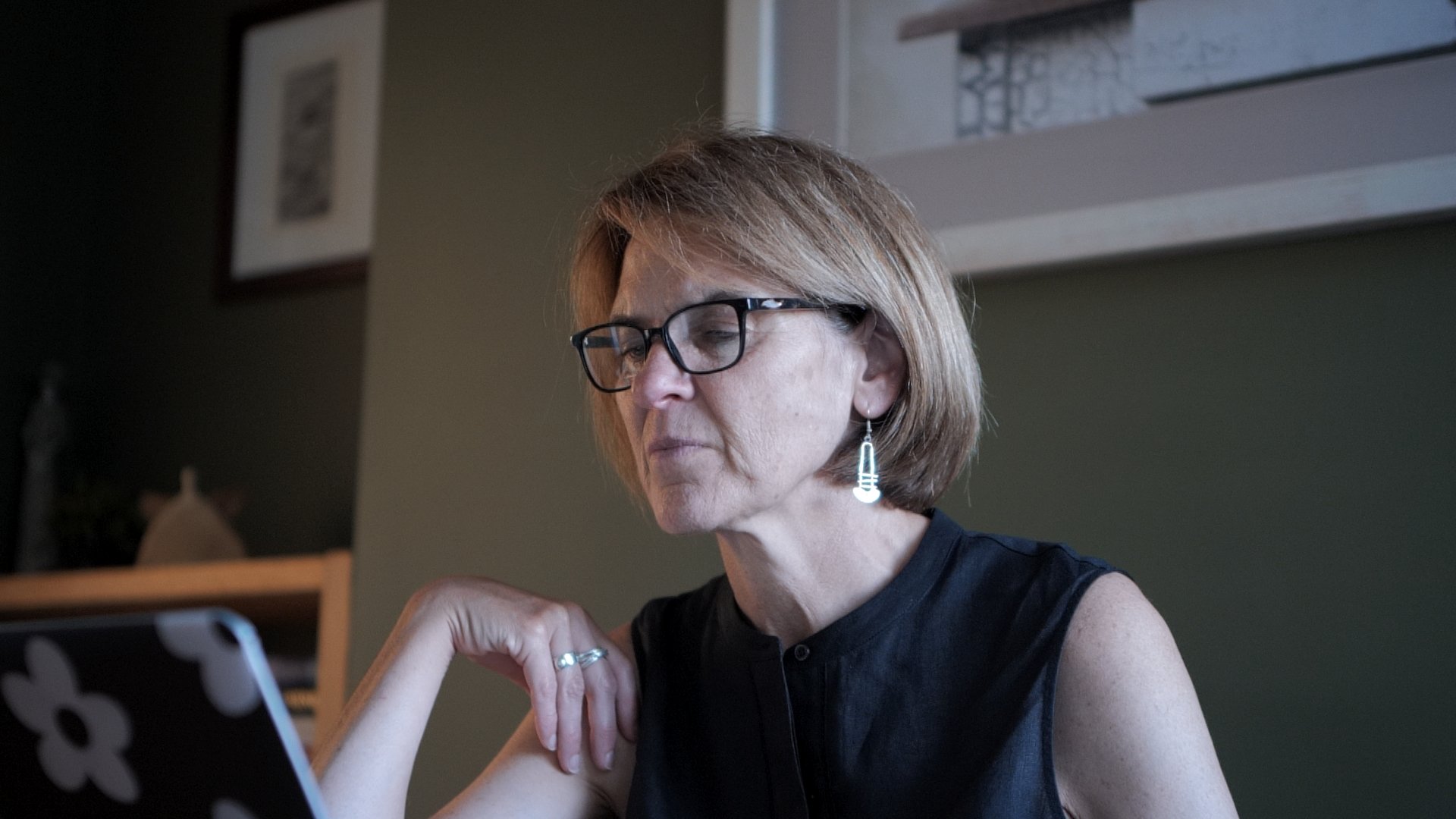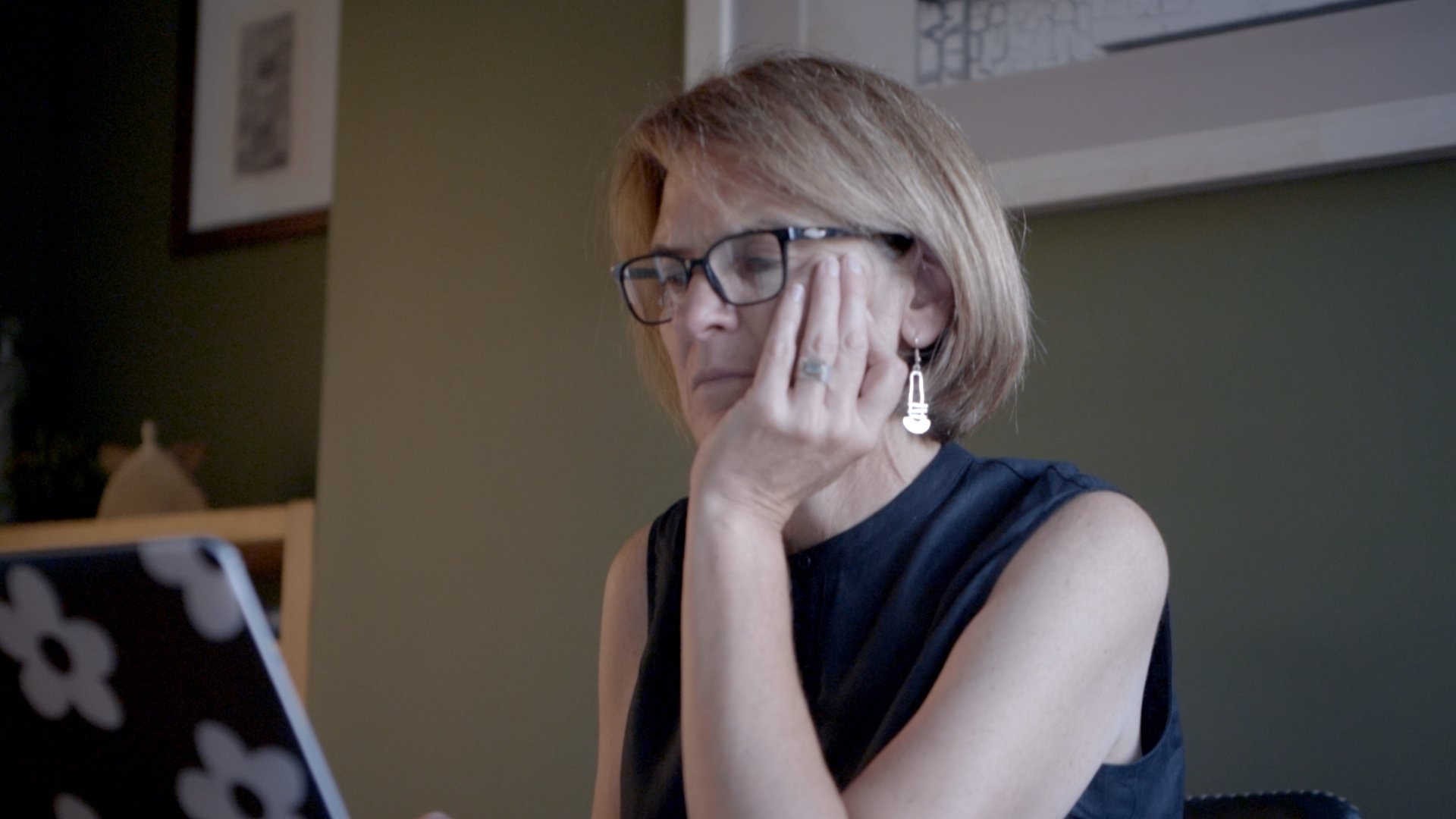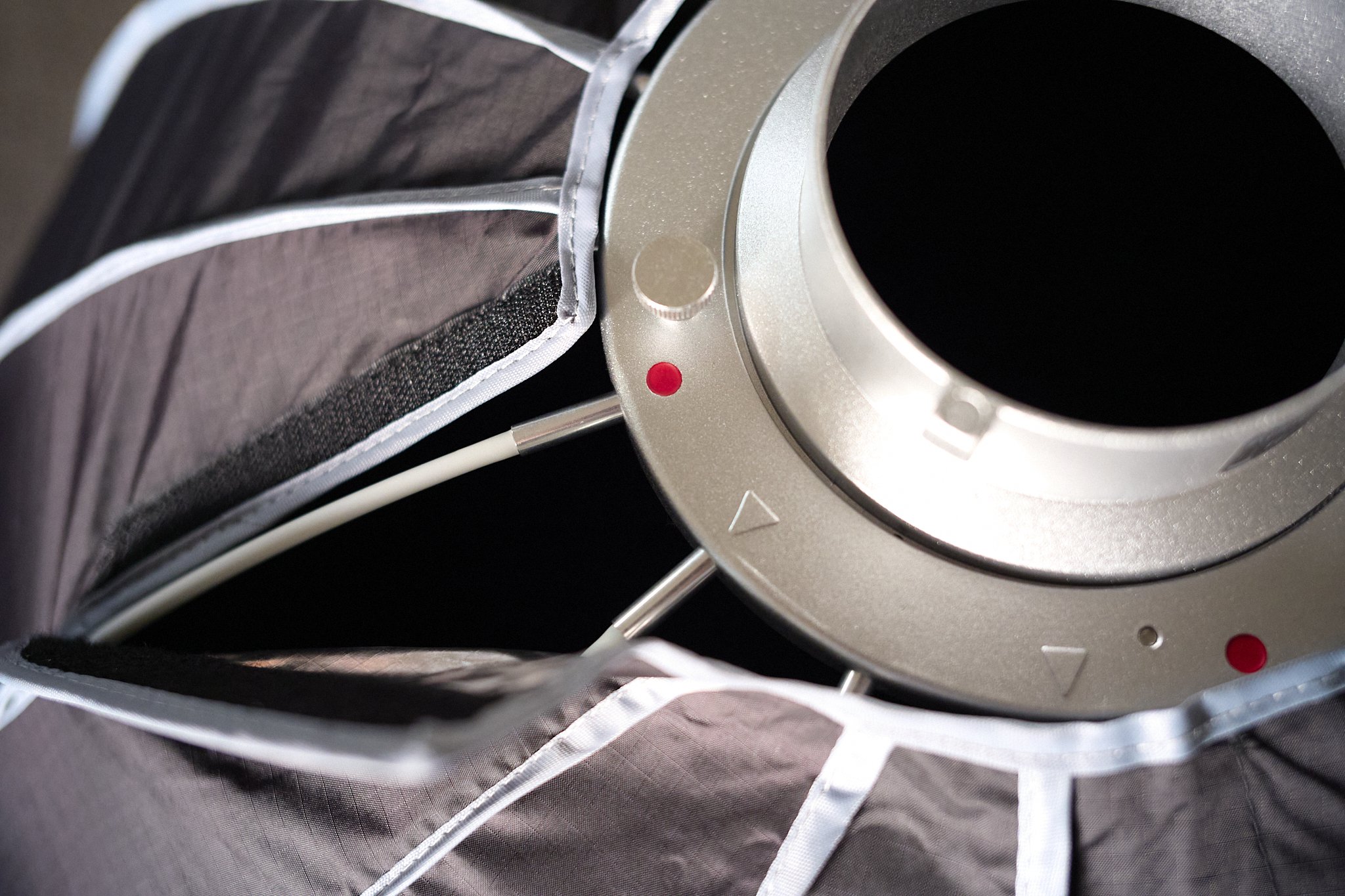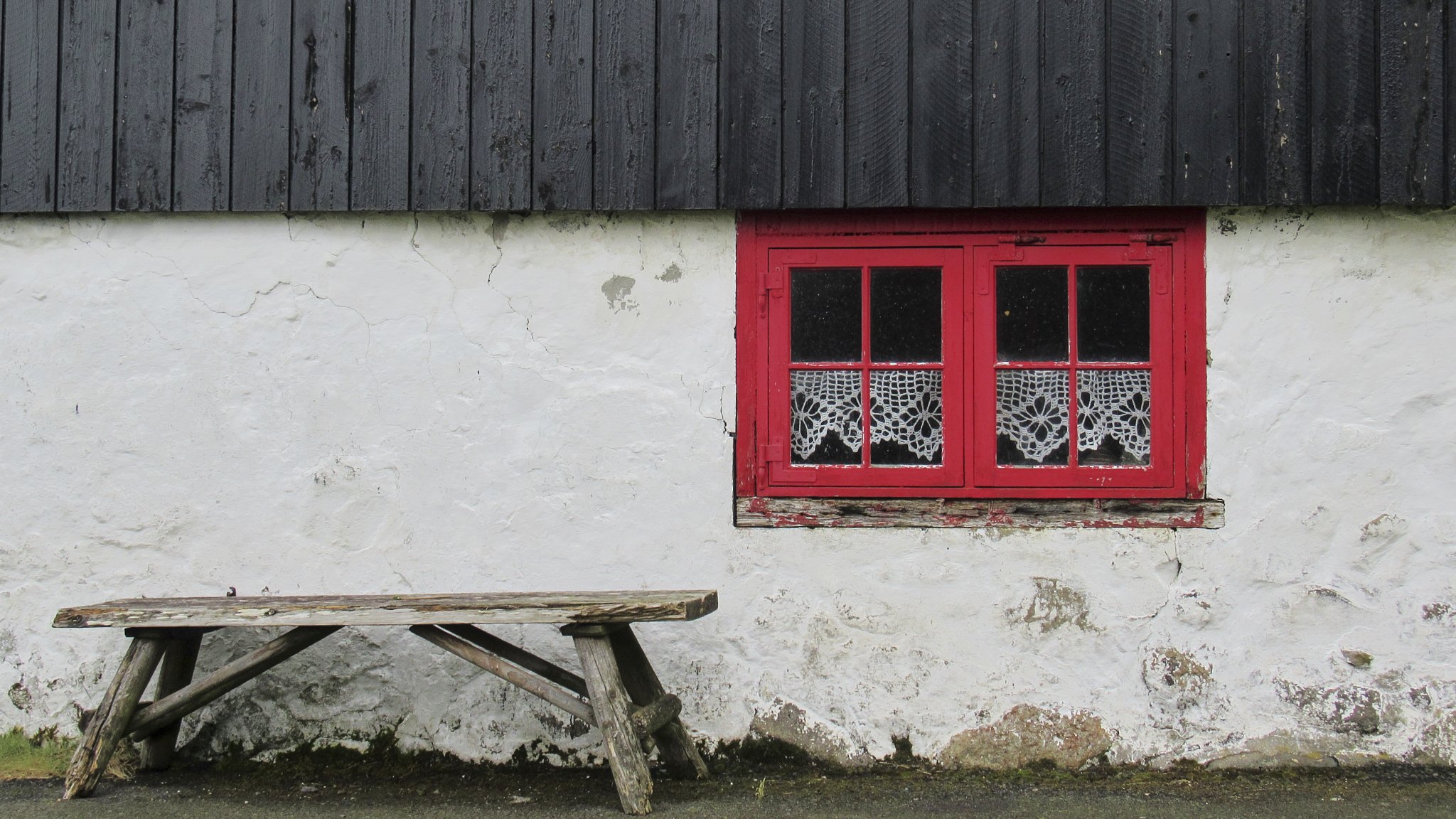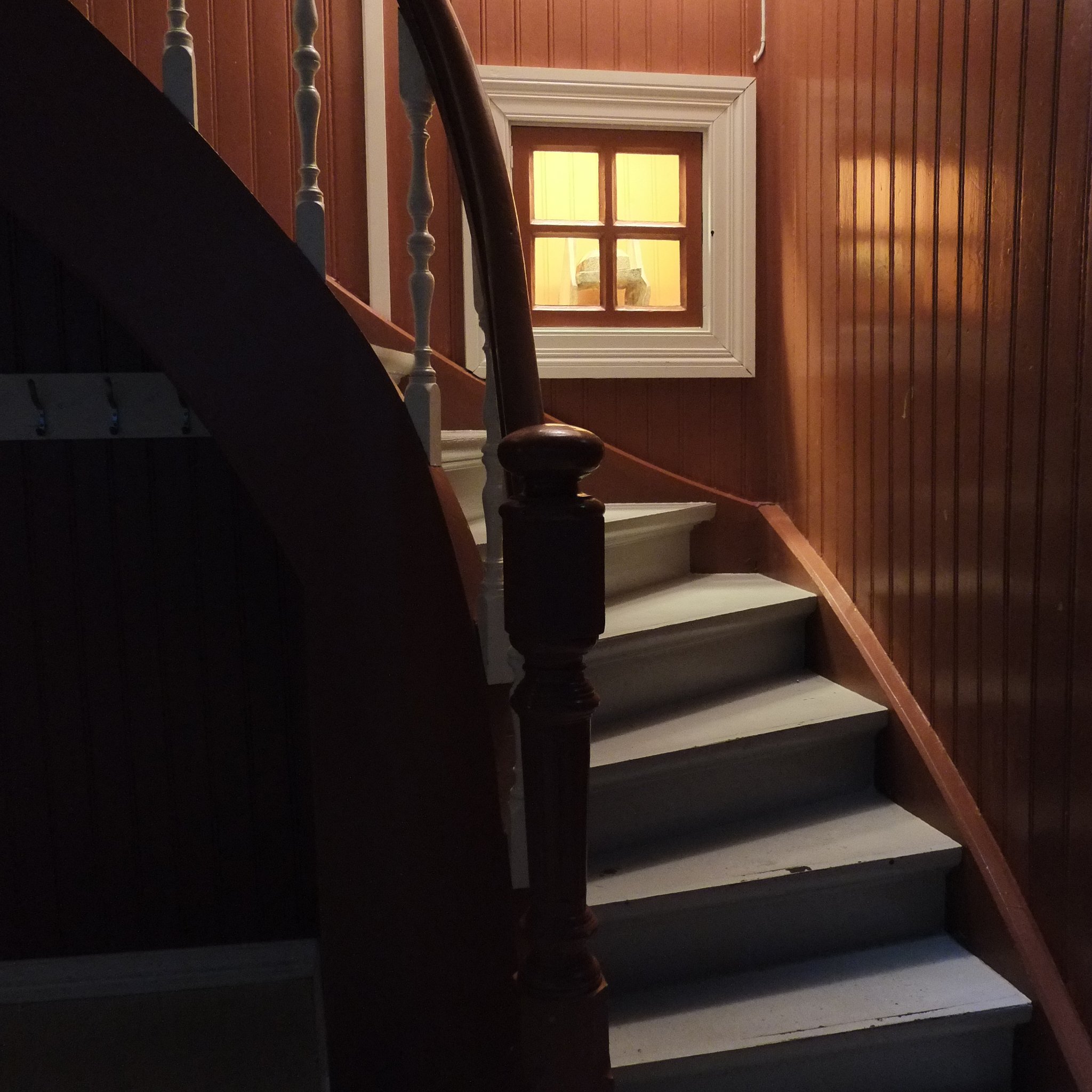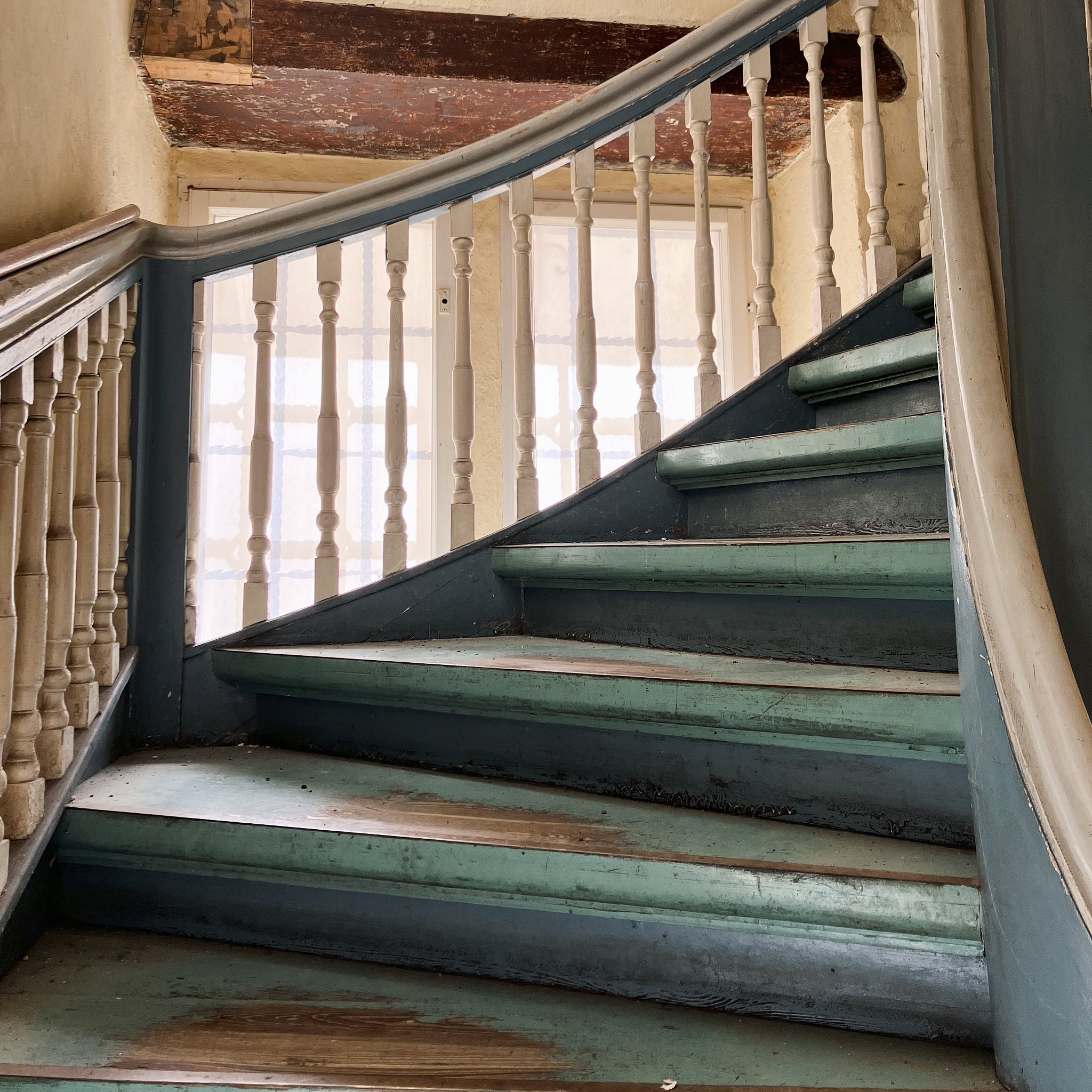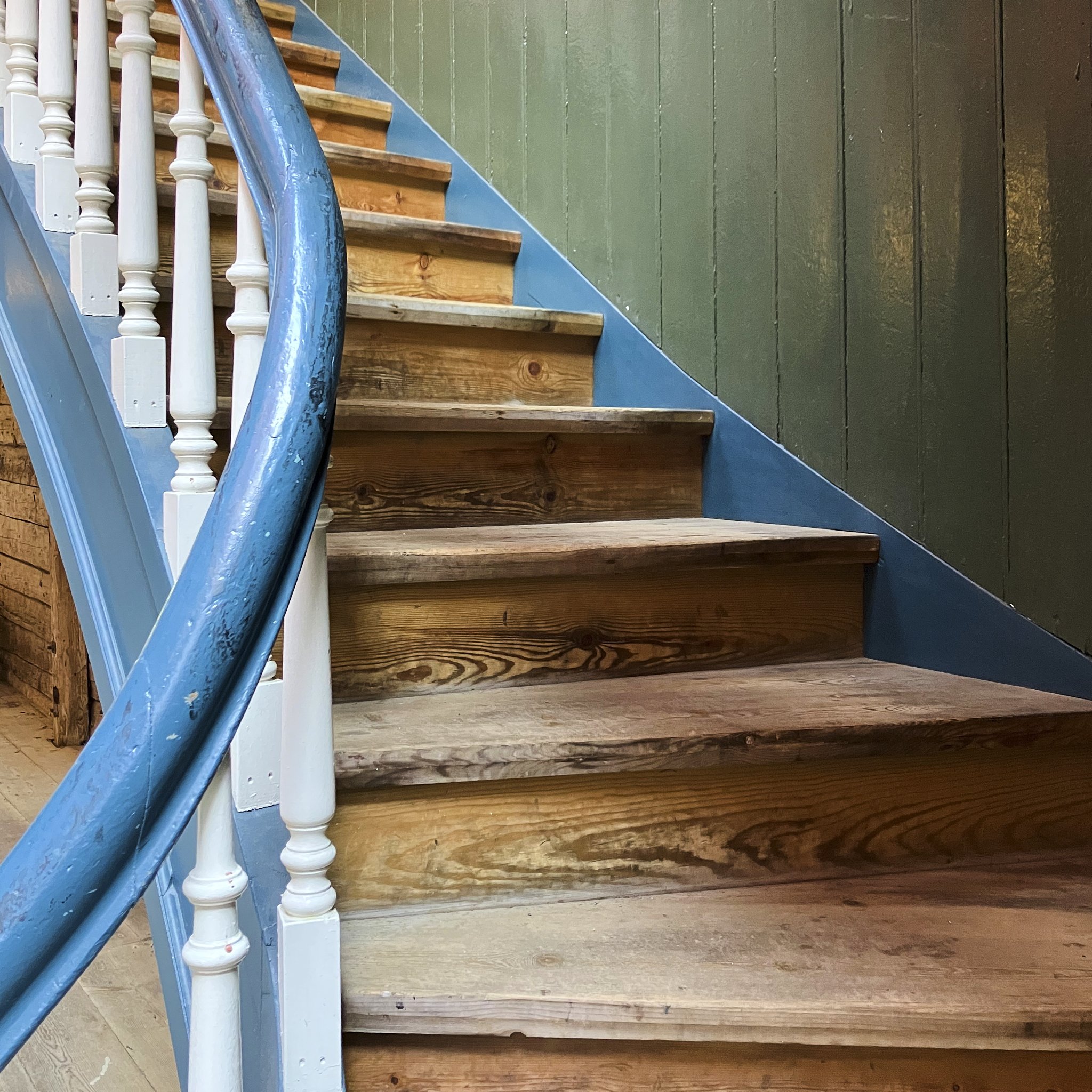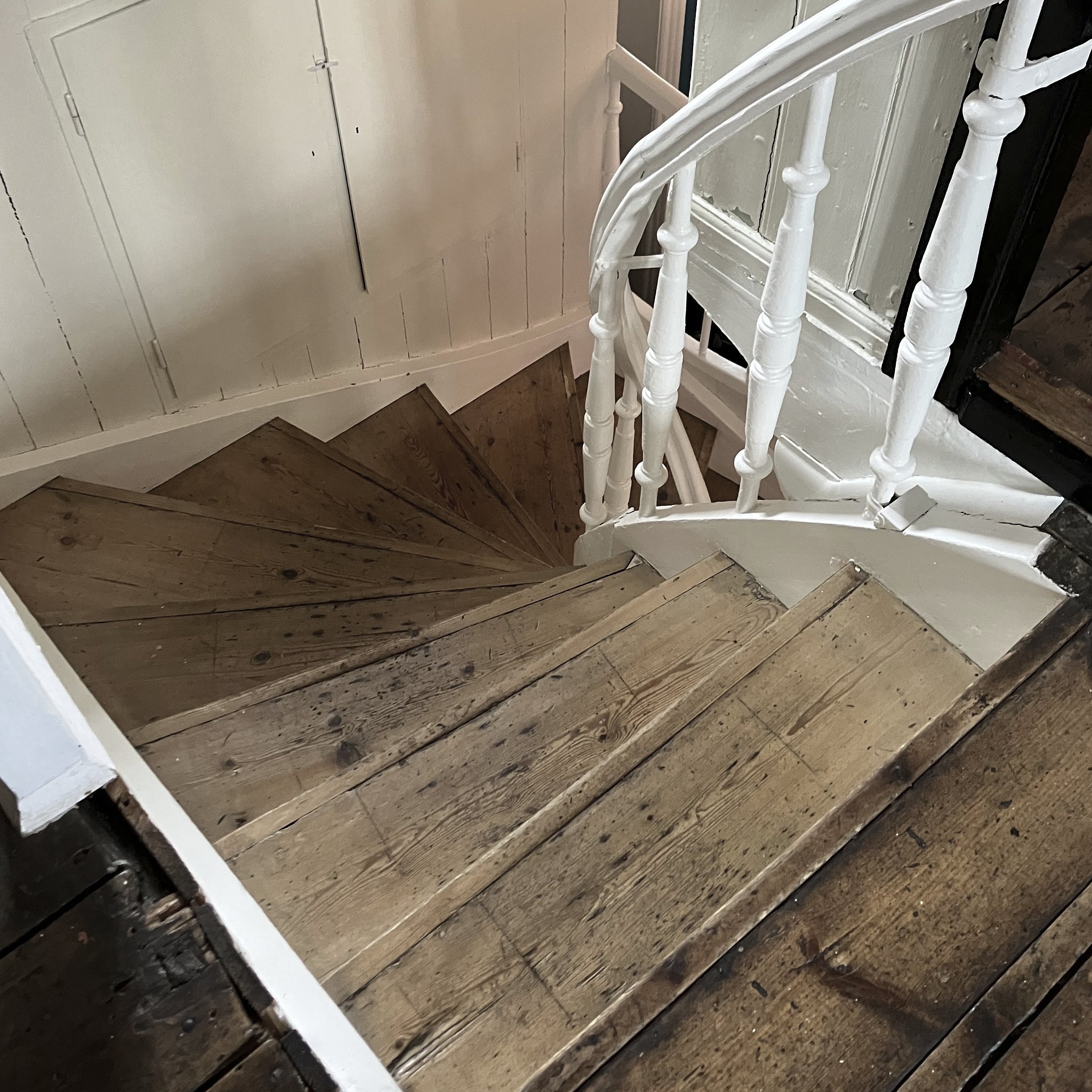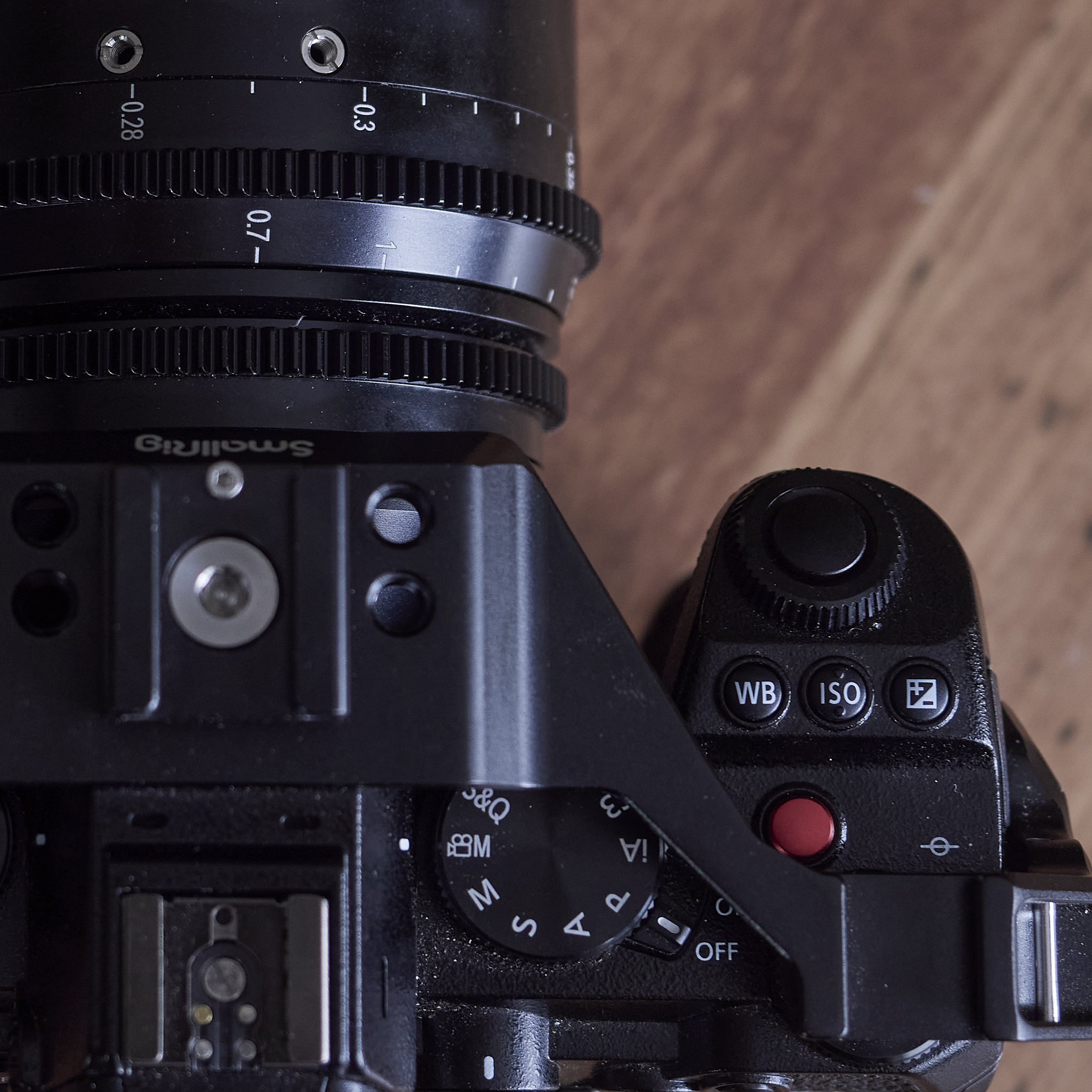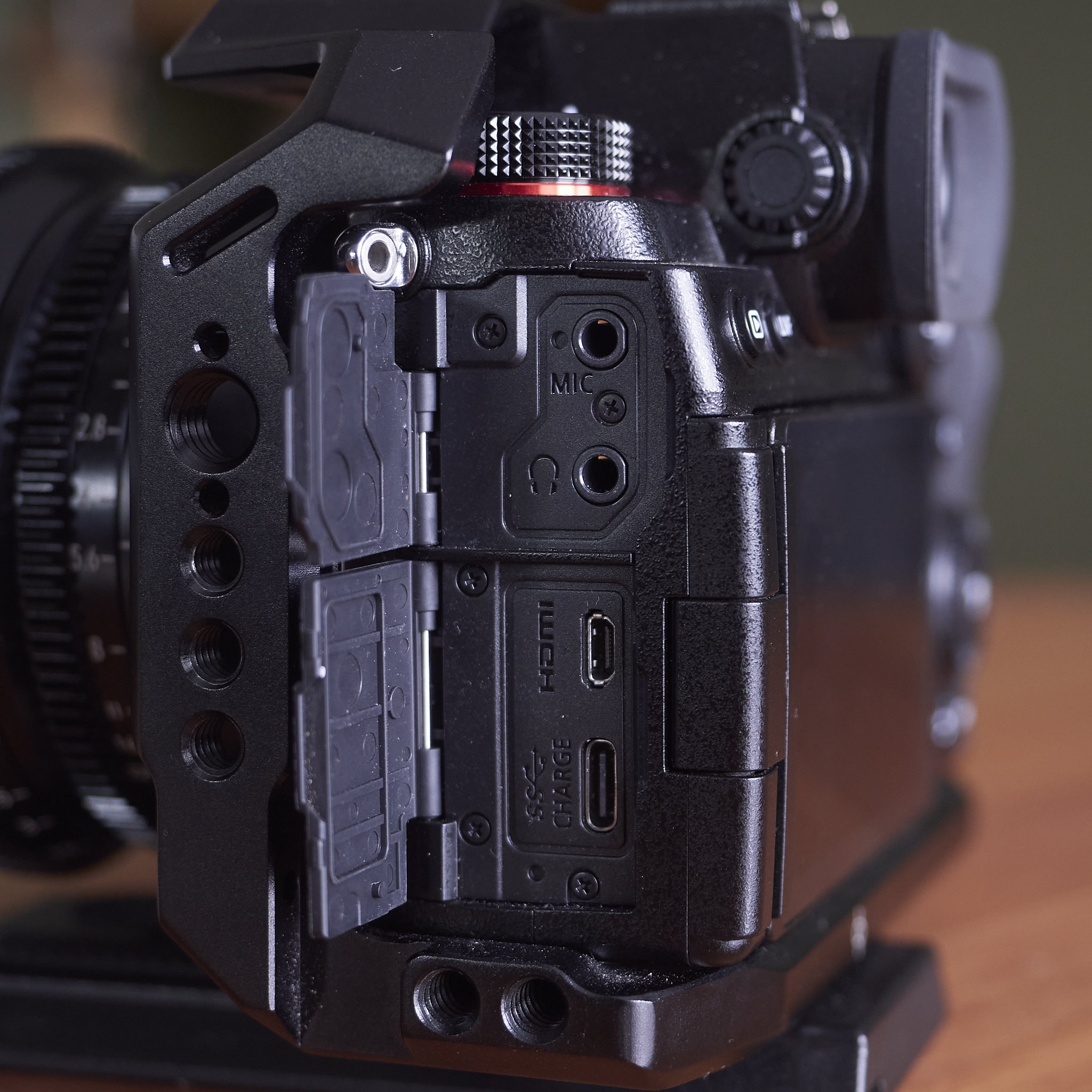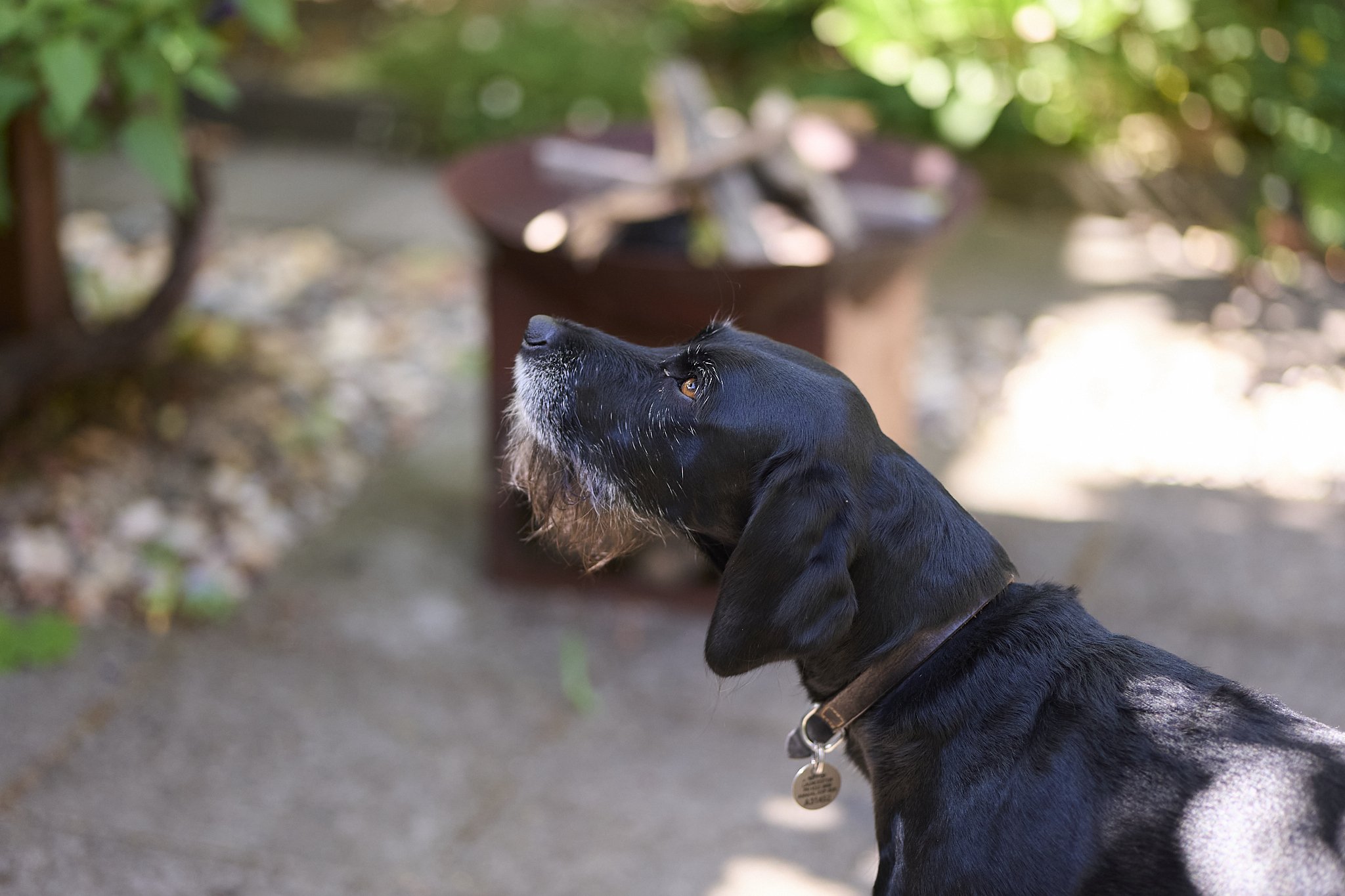Lots of video interviews are on the horizon.
Speed with portability, need to be balanced with quality and consistency.
To this end, I have been looking at my far too many light mods for Bowens mount, brollies and others.
I would go first to umbrellas for stills, but for video, light efficiency, direction and quality of the light with full control are more important, so soft boxes with grids are cleaner. Bowens mounts, which are the attachment point for my 5 COB lights also make sense.
The question is, are they always the best option.
For a single person interview, a large to medium soft box creates a good base often from above camera/eye height and either in front or behind depending on the look you want. You can also use a smaller one, but getting closer is the key or using some bounce or fill.
Add a “hair” or fill light (depending on where you put the key) and some background interest and you are set for this scenario.
Big and small, these are both easy to use.
Two people?
Double it basically, with the added benefit of each key light providing the edge light for the other person, assuming you are placing the key behind the subject not in front. Placing it behind has several advantages. It looks more cinematic shooting into the shadow side (more shadow, more drama), but also it cleans up the real estate in front of the subject allowing for movements and camera placement.
Another small advantage of this is the C-cam shot, light down the barrel with the subject silhouetted, which can be a strong option.
A group?
Ok, it gets harder here and probably out of my use case, but what if one light could do all of these, or add that special extra element to the above?
Lanterns have been on my radar for a while. They started innocently enough with a few popping up in top end ranges as an almost invitation only, special cinematographer secret, then the cheap rip-offs arrived in a flood and with them more awareness, but these were a little over priced and under made, so I stayed curious, but distant.
For a stills shooter also, lanterns are not a first cab off the mod ranks either.
The cinematic world has always been using this type of lighting in with all the other types it uses, but like a lot of things cinematic, it was a mystery to most of the rest of us.
Lanterns give a soft 180 degree light with the ability to control the spread using a provided curtain. Unlike soft boxes the spread allows for a natural, equally spread overhead glow, basically a replacement for a real or “practical” light, something you can drop right in over multiple subjects covering all their faces.
You could light up a card table of people evenly (or not), add fill into an existing soft box setup or push it in from the side and with even wider spread than the soft box. The curtain allows for more control, but basically it is wide and soft.
You can even use it to shift the perceived “location” of a real overhead light and change its intensity.
The lantern is the easiest way of adding soft, wide light with a relatively small footprint. It is the umbrella of the video world.
After re-viewing my options recently, the Smallrig RA-L65 appealed most. For a little more than the cheaper offerings, I will get the excellent construction values of the RA-D55 and matching light tone.
My very portable interview kit will likely consist of;
2x tripod mounted S5’s with either the matched Lumix-S or 7 Artisan 35 and 50mm lenses (they can be used in a 35/50, 50/50 or 35/75 combination with S35 format or simply shot in 4k and cropped) and the Lumix has the 85mm option.
The G9II with 24mm Sirui or Sigma 30mm are the optional third angle, mainly because this is a better movement cam and if used full throttle, it quickly outstrips the S5’s. This could and would likely also be the “floating” camera, mixing slider, static and hand held movements etc. It also has a genuine cinema wide angle lens option.
I used the G9/Sirui and S5/35mm combo recently and the Sirui was cooler than than the 7A lens, but graded easily to match.
I can mix all of these up with longer or wider lenses, but the base set is a good start.
All of this and more will fit in the Domke 217 roller.
Lighting is a mix of options and levels.
Travelling super light and without power it would be the Amaran 60d and the lantern or a small soft box and my RB9 as a hair light. I have the option of 1 or 2 Neewer LED panels, but probably not or only the 480. All this fits into the 5.11 bag.
Mods are the two Smallrigs (RA-D55 and RA-L65) or the Apurture Lightdome Se. I also carry some sheers and cloth flags in case, with clips, stands etc, but most of this is in the car in case.
If I have power, I will use my 4 wall powered COB and 2 LED lights usually with soft boxes, the lantern or sheers. This fits in a small suitcase. None of these are killer lights, but I have over 400w overall.
I would use the same mods as above and a couple of bigger ones.
The background is as found or LED augmented using a couple of Neewer short tubes.
Ed. It came today. The tube is long, about twice the length of the smaller soft box and setup it is also much bigger, but setting it up could not have been easier. You push down from the top until the internal bracket catches on the dual hooks at the top. Done. The skirt velcros on and can be rolled up on one or all of the three sides if needed. It even makes setting up the soft box look tedious.

















